




The Big Lent Walk organised by CAFOD, the official aid agency of the Catholic Church in England and Wales with its Scottish partner, SCIAF, is a multi national event that takes place each year to raise awareness of global poverty and help raise funds to eradicate it.
Last year, during Lent, the parish of St Peter & St Paul, in Lincoln, hosted a day event for the Big Lent Walk for our deanery and this year, Stuart, one of the parishioners who took part, felt inspired to take on the complete challenge, but rather than just doing it as an individual by himself, he wanted to involve others and make it a parish affair, helping to build relationships. So, it was decided rather than one individual needing to walk 5km for the full forty days, a person or group could commit to undertake a single 5km walk. With the desire nobody would be excluded from taking part, those unable to walk 5km were invited to pray or donate to the charity, with Rosary ‘warriors’ sought to pray for CAFOD’s intentions.
The invitation ‘Be a part of something Big!’ and get involved was made to parishioners and then to the wider Lincoln Catholic community, together with our Christian neighbours in nearby churches. A huge banner from CAFOD was erected and a display board created in SSPP church, using CAFOD posters and photos of those taking part.
A CAFOD JustGiving web page was created https://parishes.walk.cafod.org.uk/fundrai
sing/sspp-big-lent-walk to track progress of the walk, offer encouragement and collect donations; £140 has been raised for CAFOD to help fight global poverty (equivalent to providing fifty-six palm trees to protect land from the effects of climate change).
Six individuals committed themselves to prayer and twenty-nine individuals, including both the young and the not so young, undertook walks, with one person doing the walk in their home. A group walk, through a nearby park and along a river path, was organised and seven individuals joined in that, including two from another Catholic church and one from another denomination. ‘Purple heart’ bookmarks were created by a parishioner and given to each individual who took part in the event, as a small thank you and memento.
The Big Lent Walk beautifully encapsulates God’s big love (Ephesians 3:18) and how He invites all people to share in His life of love, to be united heart and soul and testify to the Resurrection of the Lord Jesus (Acts 4:32-33), for the good of others (and ourselves), no matter how small or insignificant we may feel. At Easter, when we renew our Baptismal promises, we renew our ‘yes’ to that invitation, thank you Lord for such kindness and thank you, too, to CAFOD (and Stuart) for the opportunity, invitation and challenge to participate in this event and be a tiny, tiny, part of something big. With May, being the month of Mary, let us ask the Mother of Our Lord, to intercede for us and help us give our fiat.


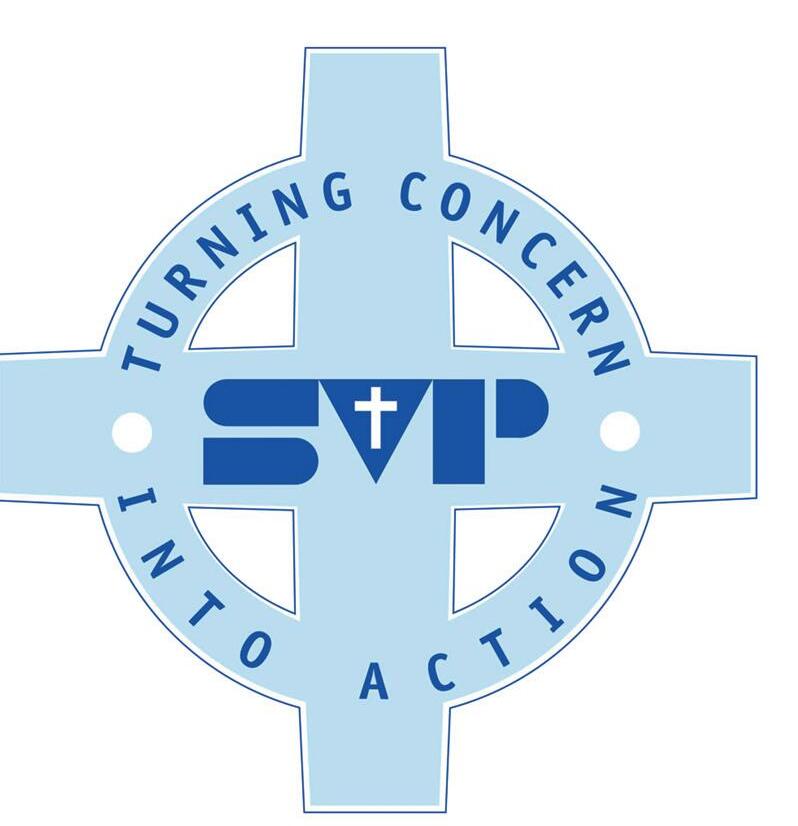
This month’s SVP article starts an occasional series of reflections based on its vision, values and mission. This first reflection is derived from Blessed Frederic Ozanam’s thoughts on the purpose of the SVP conference – the group working within the parish.
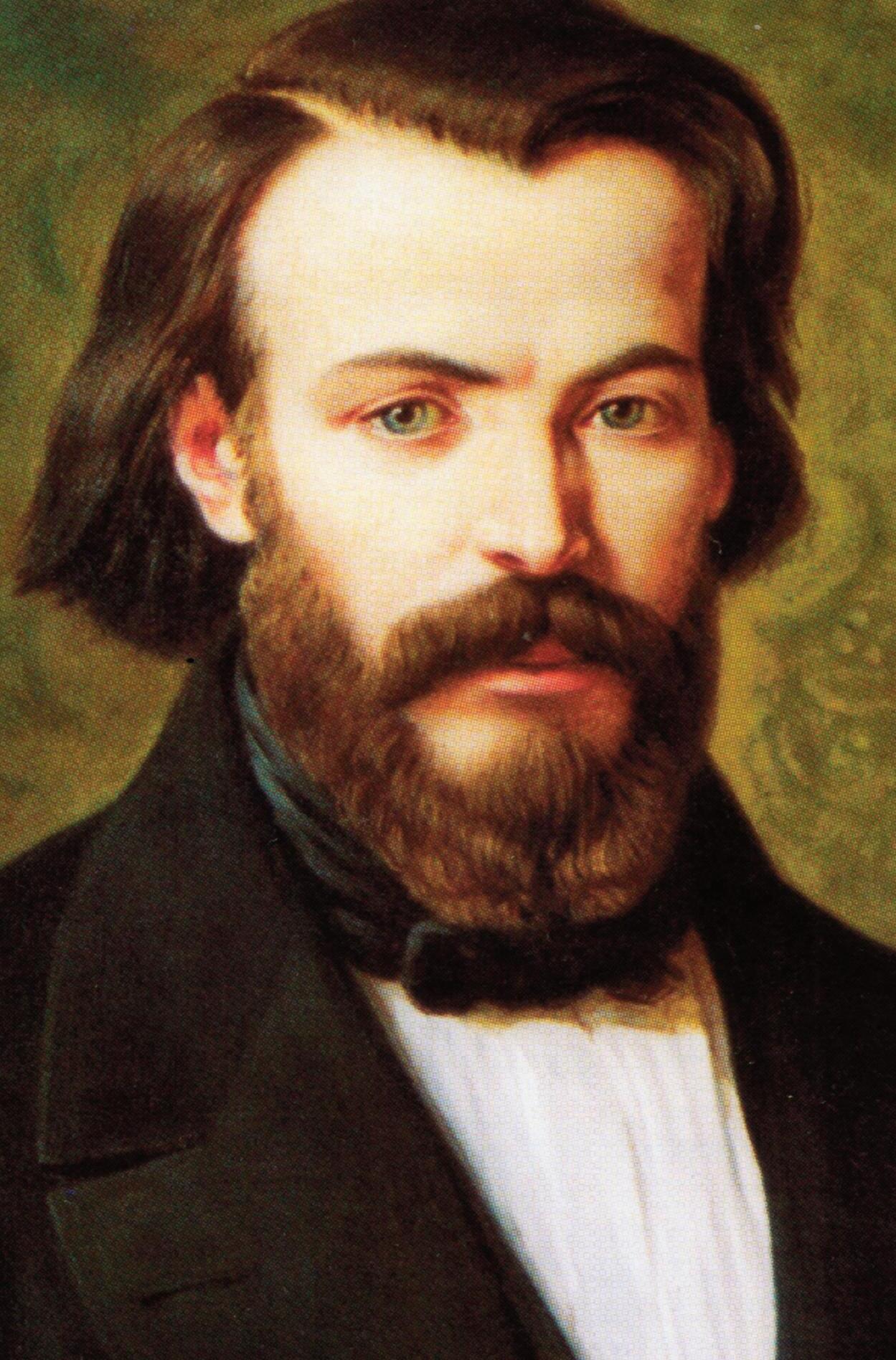
Looking at the history of the SVP is like looking at a chain of love formed by good works. So what is the chain’s origin? We can look to the founding of the society in Paris in 1833 which started in response to the poverty and disease of a postrevolutionary France.
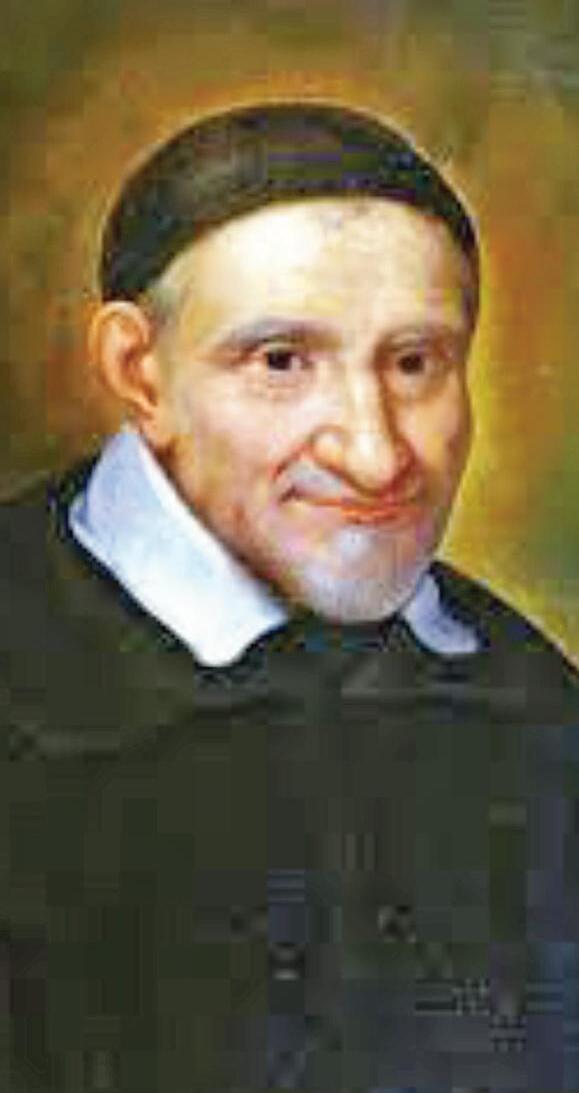
St Vincent de Paul
However, the founder, Frederic traced his origins 200 years earlier to St Vincent de Paul who started the concept of a Charity in its modern form. Both found their roots in Christ. This is where our starting place should be today. The deepest root of the SVP’s work is Christ’s triumph over death, in living out the greatest commandment ‘to love one another as He loves us’.

As we approach the month of May we are still in the Easter season. The coming month in our country will give us all more day light and I hope perhaps some renewal and rebirth if that is what we wish for . “Hope, renewal and rebirth” were the chosen words of Cardinal Vincent Nichols as he linked these expressions with the message of Easter in an article on Easter Day.
Over the period of Holy Week and Easter we were constantly reminded of the tragic consequences arising from the conflicts in Gaza and Ukraine. The changes of further escalation make for a dangerous world and the outlook is not helped by uncertain politics in both the UK and our international allies. In Britain the Trussell Trust (yes christians in action) continues to support the food banks but recognise the need to work across all political parties. With a general election expected this year the Trust is working hard on a “Essential
Guarantee” to be adopted by all the manifestoes.
I do wish the work of the Trussell Trust got more recognition from some sections of our media. The recent Winter Appeal raised over £1 million in donations while many were boosted by claiming Gift Aid. This generosity means food banks can buy additional items and meet additional running costs. One hub reported 40 individual families in just one day who needed this support.
The need for food banks is not a million miles away from the reality of homeless people. It is not helpful when negative comments add to the reality of all who have not a secure residence. The circumstances can be highly personal and perhaps complex but that is surely why Cardinal Nichols words of “Hope, renewal and rebirth” should be put into action. Surely these Christian values need to be promoted at this time.
One of Cardinal Nichols distinguished predecessors was Basil Hume. In June this year it will be 25 years since his death. The late Cardinal always seemed to find words of understanding, encouragement and hope. One tribute to him spoke of his calm and presentation of the truths of faith. Speaking on Pentecost Sunday 1992 he said “we are badly in need of a new beginning in our society, a new Pentecost, a change in each one of us.” The Cardinal Hume Centre which supports and encourages young people in London follows up his legacy by simply stating “Each person matters”.
Regardless of which way we vote perhaps we can all agree on this. Frank
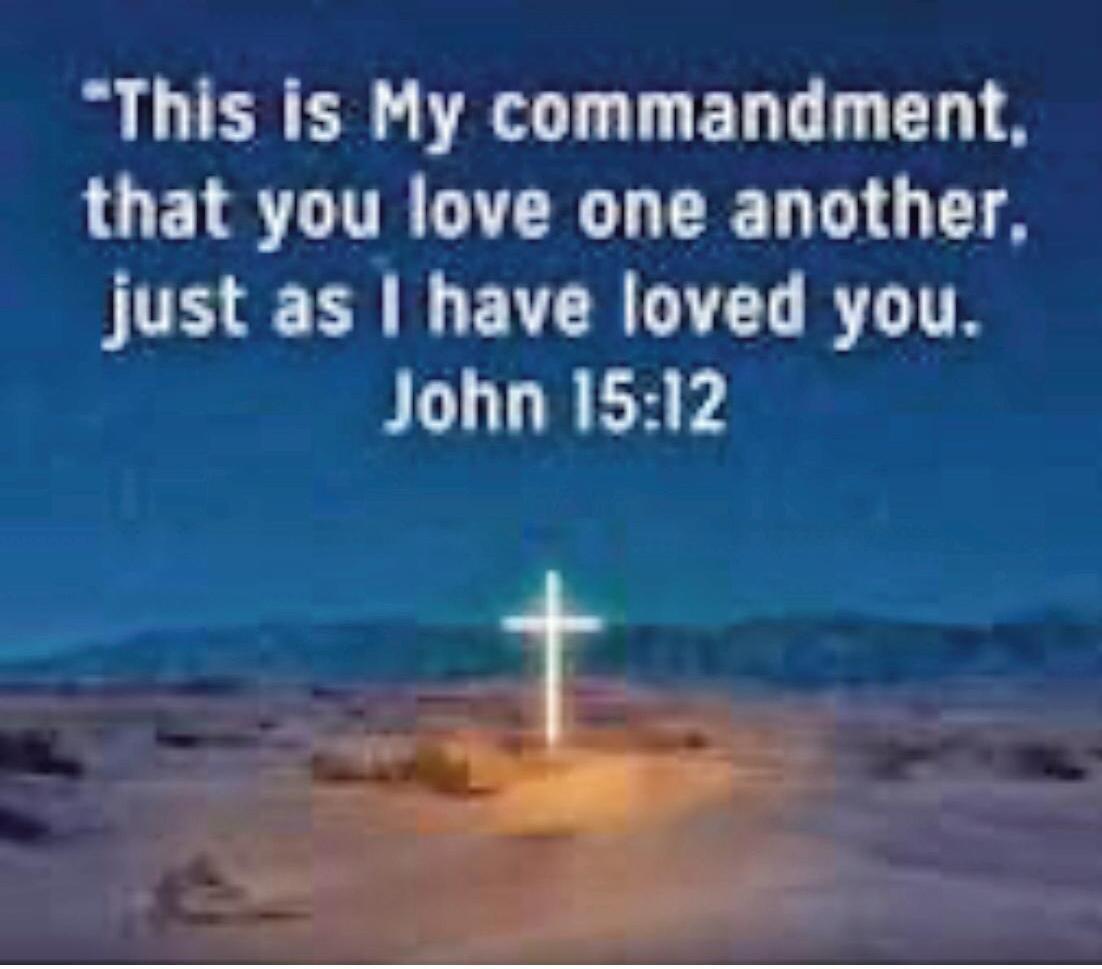
The word conference comes from the Latin ‘conferre’ meaning to bring or carry together. Incredibly this describes what it is all about: the SVP brings together the lives, concerns and burdens of the community, helping to bear and carry them, in the spirit of the Gospels. Vincentians need to lay down three cornerstones as a foundation. First the personal commitment to learn and grow together as members; second, support one another in fraternity and fellowship; thirdly provide an outpouring of care into the local community. All three must happen together to ensure an effective Vincentian approach.
By having a strong community together as members the SVP can extend that welcoming love to the wider community face to face. When a member meets someone vulnerable, isolated and poor, they are meeting the face of Christ. When they meet fellow members, they are not just meeting individuals, they are meeting Vincentians, representing the whole conference. In very real terms SVP members are becoming the body of Christ, meeting the vulnerable Christ. So, face to face meeting can be seen as theology in action where the mission to actively seek out those in need is realised. These cornerstones are the living roots of Vincentian virtue, begun all those years ago by those French saints we know and love, and who we continue to follow in imitation of Our Lord.


The Parish of The Annunciation, Rushcliffe welcomed twelve new members this Easter, with eleven baptisms and one reception. The Easter vigil and Easter Sunday morning masses were blessed to witness the initiation of the new Catholics and to see their joy. It is renewing for the whole community to welcome new members. It gives us hope and affirms that our community is alive in faith because people want to join us.
The new members were special in another way. Although a couple had grown up locally, most were from families that moved to the UK from Hong Kong in the last couple of years. They have left behind so much; family, friends and familiar places. They are working hard to belong, sending their children to local Catholic schools and finding jobs and places to live. In this new situation, they have found themselves open to Catholic faith. They have come faithfully to around 30 meetings since last June.
Our RCIA (Rite of Christian Initiation of Adults) journey has been a journey of learning together, because those of us already here learned from our new members about their life in Hong Kong, their concerns and fears and also their strengths. In our RCIA group, we have not only benefitted from the presence of experienced catechists from our churches, but also been blessed with three additional experienced catechists from Hong Kong. This allowed us to talk together in both Cantonese and English. The sponsors and helpers from the parish shared their faith with the new members; but we also gained a great deal from listening to their experience. For some, it was the first encounter with the Gospel. It was our privilege to share it.
Three things stood out. The first is a new appreciation of what it means to belong to
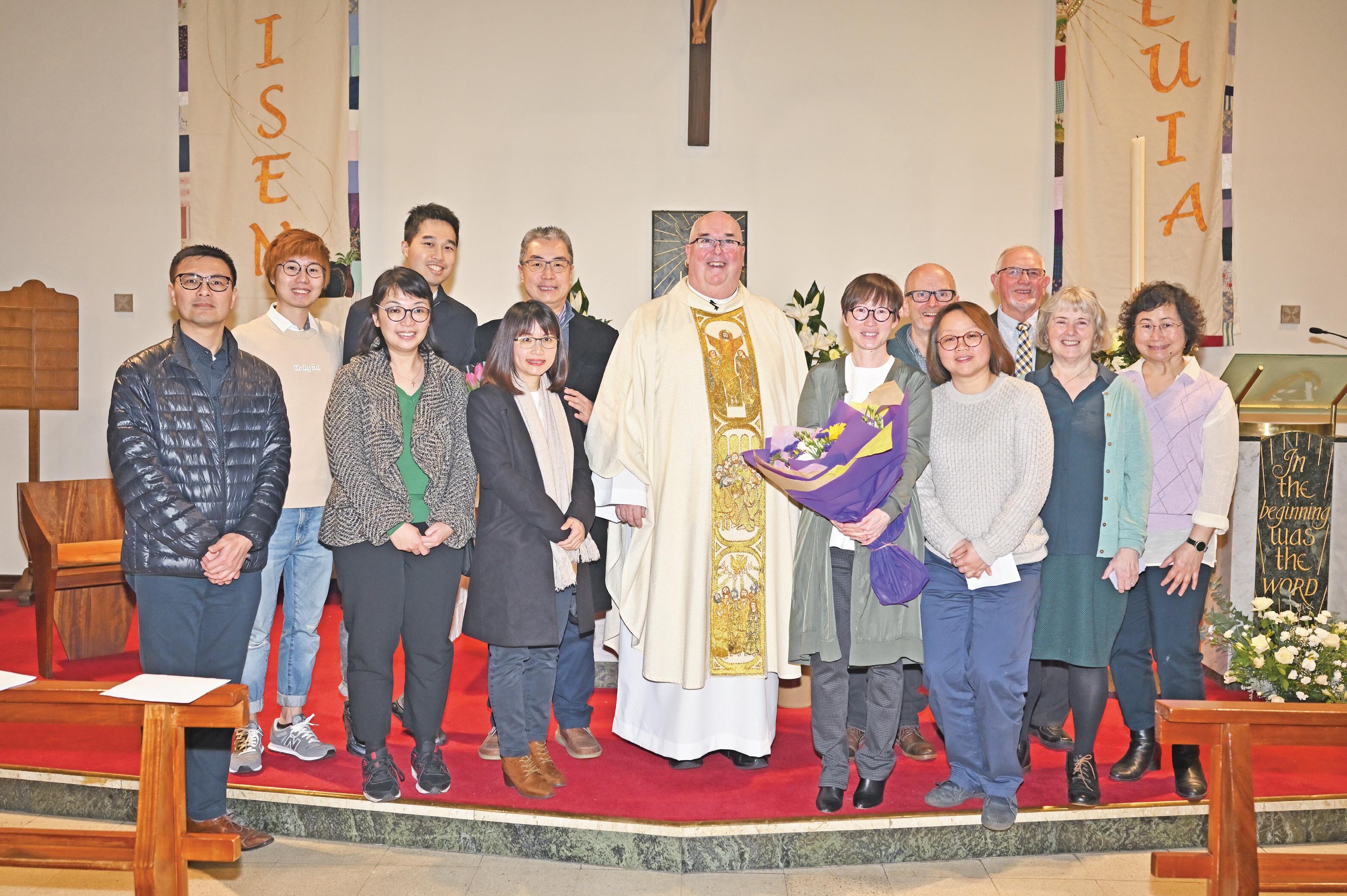
lives in many cultures and countries; yet it is the same faith we share. We are so enriched by learning that people from a very different culture also seek to know Jesus Christ within the Catholic Church. It makes us a different community; the Hong Kong families, like families from many other places in Asia and Africa, show us new things; or show us familiar things in a new light.
The second is one of these familiar things. Those who join our parish remind us how important family life is, and how much it matters to bring up children in the faith and even learn from children as they make their own faith journey. It is a difficult task in our UK culture to keep children and teenagers interested in faith and to encourage and support them to come to Mass. I marvel as seeing so many families who have come from other cultures who attend Mass together as a family. I hope it continues.
The third is about recognising again that we all pray and find God in different ways. For some, it is easy to explain and talk about. For others, it is deeply felt but hard to put into words. Others again find Catholic objects helpful; rosaries and crosses. I learned again that we must trust the sacraments and all the steps that go towards them, including the RCIA steps and rites, because God’s grace works through them.
We had a network of helpers and catechists who also played a vital role. It is a big commitment to accompany people over so many months. But it is so privileged, and we received so much. It is hard to interest many longstanding parish members in this ministry; we had sufficient, but more would be good. It is a basic calling of our faith to share it with others. It is the easiest way to fulfil the call to evangelise.



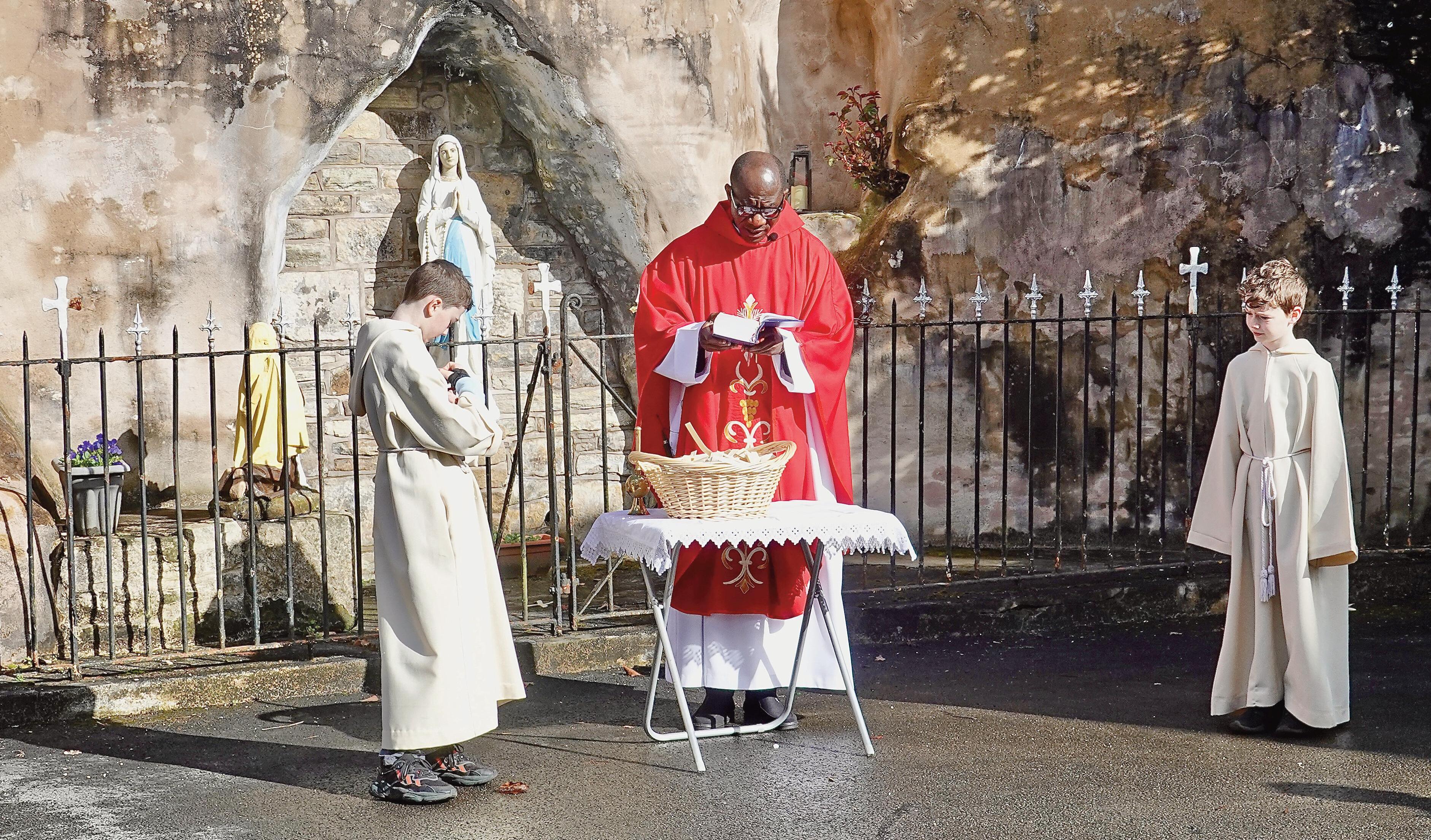
The Church of The Annunciation in New Mills, High Peak, Derbyshire began Palm Sunday with Fr Emmanuel Abbem blessing the palms in front of the small shrine of Our Lady of Lourdes in the church grounds before processing into church for Mass. The altar servers are brothers, Jacob and William Nicholson.
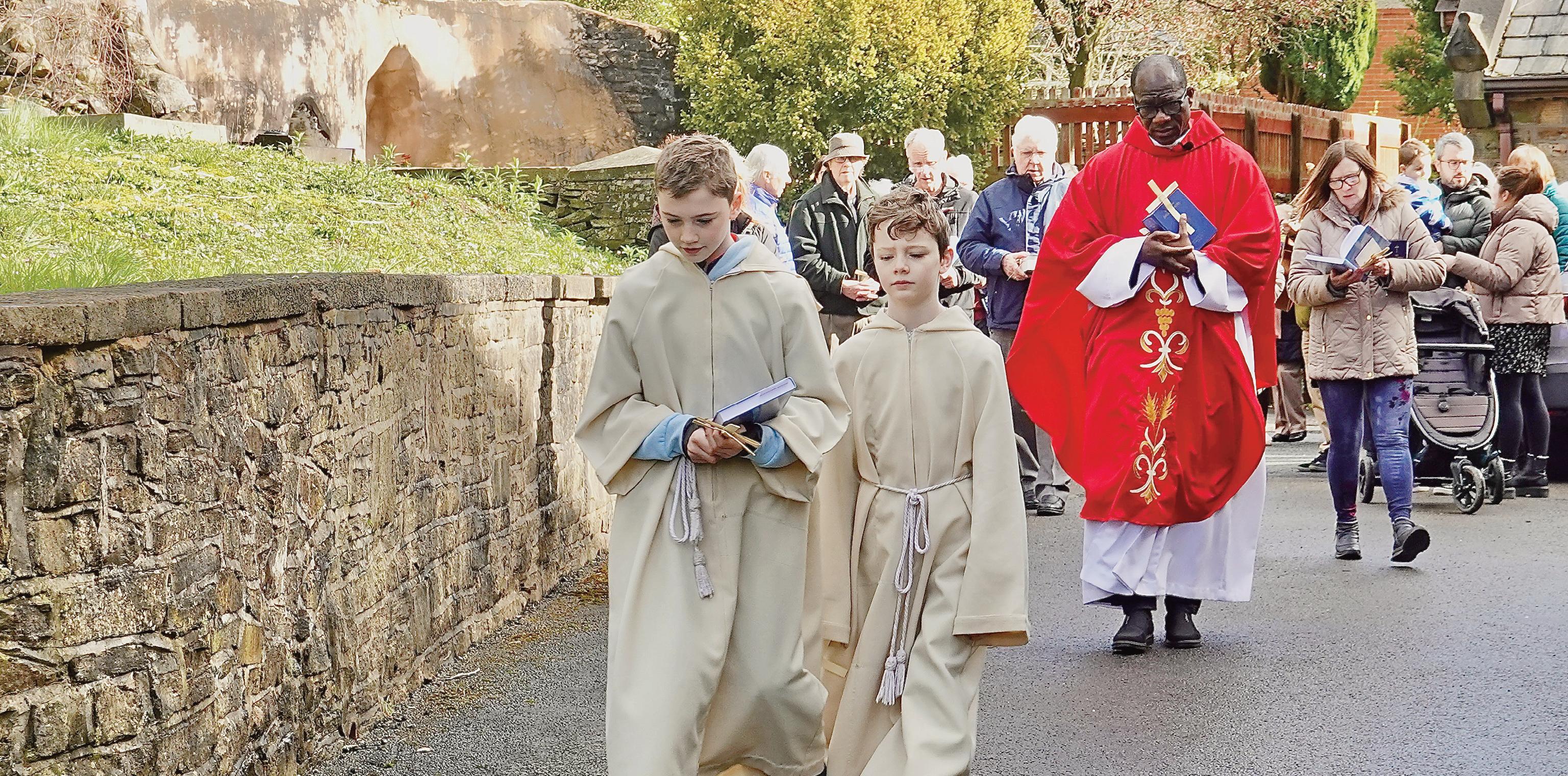
May is the month of Mary, the Mother of God. St. John Henry Newman has reminded us in one of his sermons that “the glories of Mary are for the sake of her son“. So it is that when we come to consider the revealed truths which our faith teaches us concerning Our Lady, we realize that she is never really the center of the picture. Many artists have depicted her alone, but whenever we turn our eyes to her, we think of Jesus whose Mother she is. She always points us to her Son, before whom she too kneels in adoration as her Lord and Saviour.
Her blessedness is the direct consequence of her nearness to Him. Her whole life can only be viewed in relation to the life of her Son, because she was created for this one purpose “ to be the human Mother of God made - man, Jesus Christ.
Mary is the link which brings God to man and joins man to God.
It has been the firm and constant belief of the Catholic Church from the beginning that the Blessed Virgin is the Mother of God.
She is the Mother of Him who before His birth she was commanded to call Jesus, as it was said to Joseph, her spouse, because He should save His people from their sins (Luke 1: 26-38). She is the Mother of Christ the King, she is the Mother of the Good Shepherd, the Saviour, the Redeemer, and as such she was most closely united with Him (so far as a creature maybe) in His redemptive work.
A man led to our loss of the sanctifying grace of God ; a man gave us back the gift.
Death was the punishment for our first parents sin, when the Redeemer died, death was found to be the one efficacious remedy for our loss. Mary played the principal role in the divine work of Redemption of the human race. The teaching of the earliest Christian antiquity

proves that the undisputable role of Mary in the history of salvation belonged to the Apostolic Faith and was handed down by the Apostles to the Church.
In the New Testament we are shown the picture of Mary saluted by the angel, Mary in obedience unparalleled on earth, Mary in her deep humility, Mary giving utterance to her Fiat - “ be it done unto me according to thy word “ - Mary overshadowed by the Holy Spirit, Mary the Mother of the word, and then - after her years of union with her Son in the house of Nazareth - Mary beneath the Cross, the head of Satan crushed, man delivered.
Looking at this scriptural and patristic (father of the church) teaching we realize the wonder of Our Lady’s function as the Mother of the Saviour of mankind, and of her share in the reparation of the evil work of our first parents. Jesus alone is our Saviour. He alone redeemed us, yet he deigned to associate His Mother with His work of Redemption.

Mary leads us to salvation. Jesus is the only Saviour of mankind. Who shall dare to separate those whom God has joined together, the Mother and the Son? Her prayer is all powerful with her Lord, for He will refuse her nothing, who deigned to be called and to be her Son.
So may it be for us all - we beseech thee, O loving, O Clement, O Sweet Virgin Mary.
Fr David + h.d.n. Priest and Hermit
Quiz night with the theme of St Patrick was held in the social centre last night (16 March 2024) at the Good Shepherd Church of Arnold.
As in previous years it was a brilliant evening, well attended and enjoyed by all. Everything about the evening was a joyous success. The quiz master and his trusty assistant, the tombola, the raffle and the food made for a splendid evening. Yes, once again the food was wonderful, lovingly prepared behind the scenes for us to enjoy.
Three courses with choices and enough to have a bit of everything and seconds or even thirds, all for just £7.50. Of course I couldn’t finish without a mention for our volunteers in the kitchen who worked so hard all evening. Thank you to all who had a hand in making the evening the success that it was. Can’t wait for the next one and if you haven’t been and experienced it you should come along next time. You will not regret it.
Polly Jarvis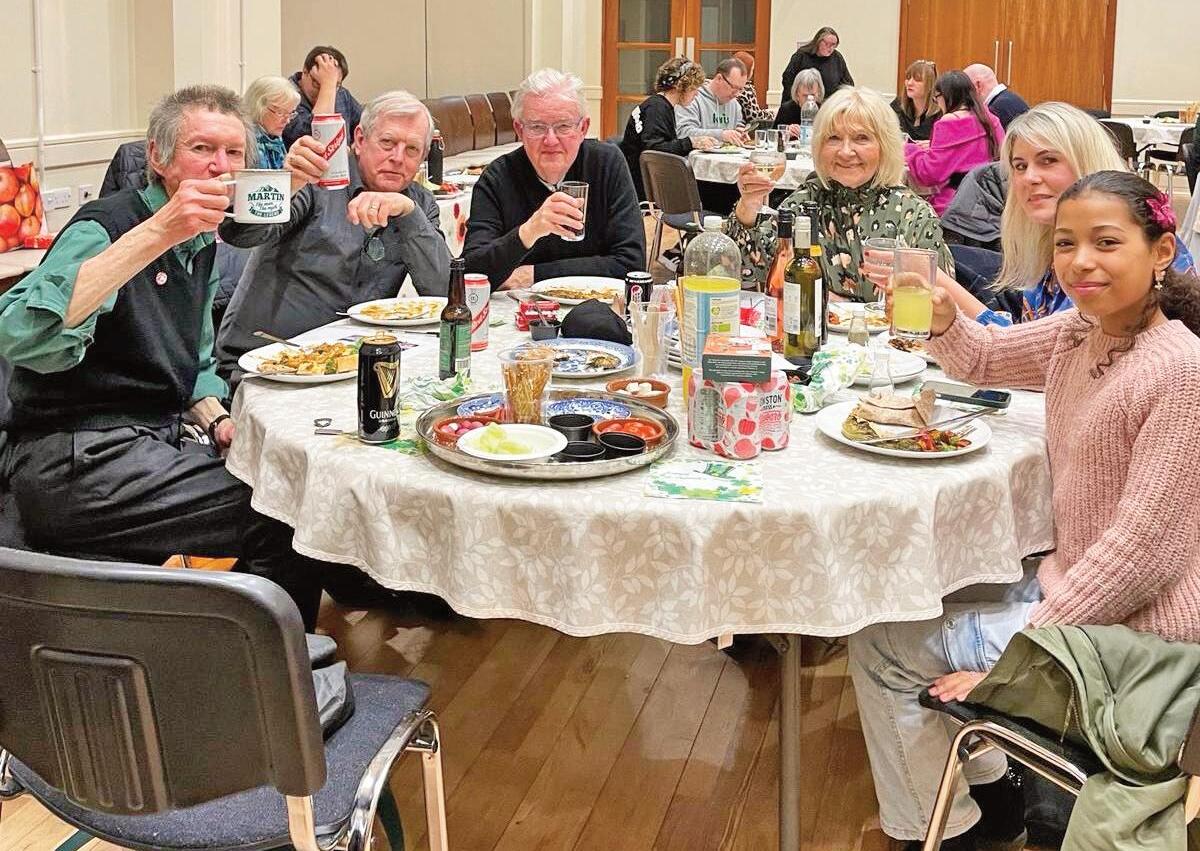

80% of Palestinian Christians have lost their tourism-related income due to the combination of Covid-19 and the current war. With such an unstable political situation, it is unlikely that tourists will return for some time.
For the future of the Christian community in the Holy Land, it’s essential to support careers and businesses that don’t rely on pilgrims and tourists.
Working with Bethlehem University and the Latin Patriarchate of Jerusalem, we are supporting selfemployed people through the AFAQ Project.
We have helped 29 existing small businesses by providing business development, professional coaching, and grants for muchneeded equipment.
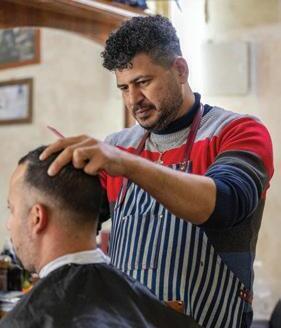
Tomah was able to open a small barbershop in his village. The grant helped him to buy a barber’s chair with adjustments for children, as well as razors and scissors. He is proud to build his business, and welcomed the Parish Priest as one of his 昀rst customers.
This family has been able to develop their pastry business and o昀er a larger selection of products in their community thanks to the AFAQ Project. The grant meant they could invest in a food mixer, freezer and kneading machine. Working together makes the family feel more hopeful about the future.

These two entrepreneurs were about to close the business they’d been 昀ghting so hard to keep. Support from the AFAQ Project helped them to buy vital kitchen equipment, and to work on a sales plan in order to turn their sandwich service into a success.

The AFAQ Project helps people start a new chapter in their professional lives – it builds resilience and self-esteem and o昀ers a way for Christians to create a source of income in the Holy Land without having to cross into Israel or rely on tourism. That means fewer Christian families emigrating.
The Hope & Healing Fund will help to power this project. Thank you for your donations.

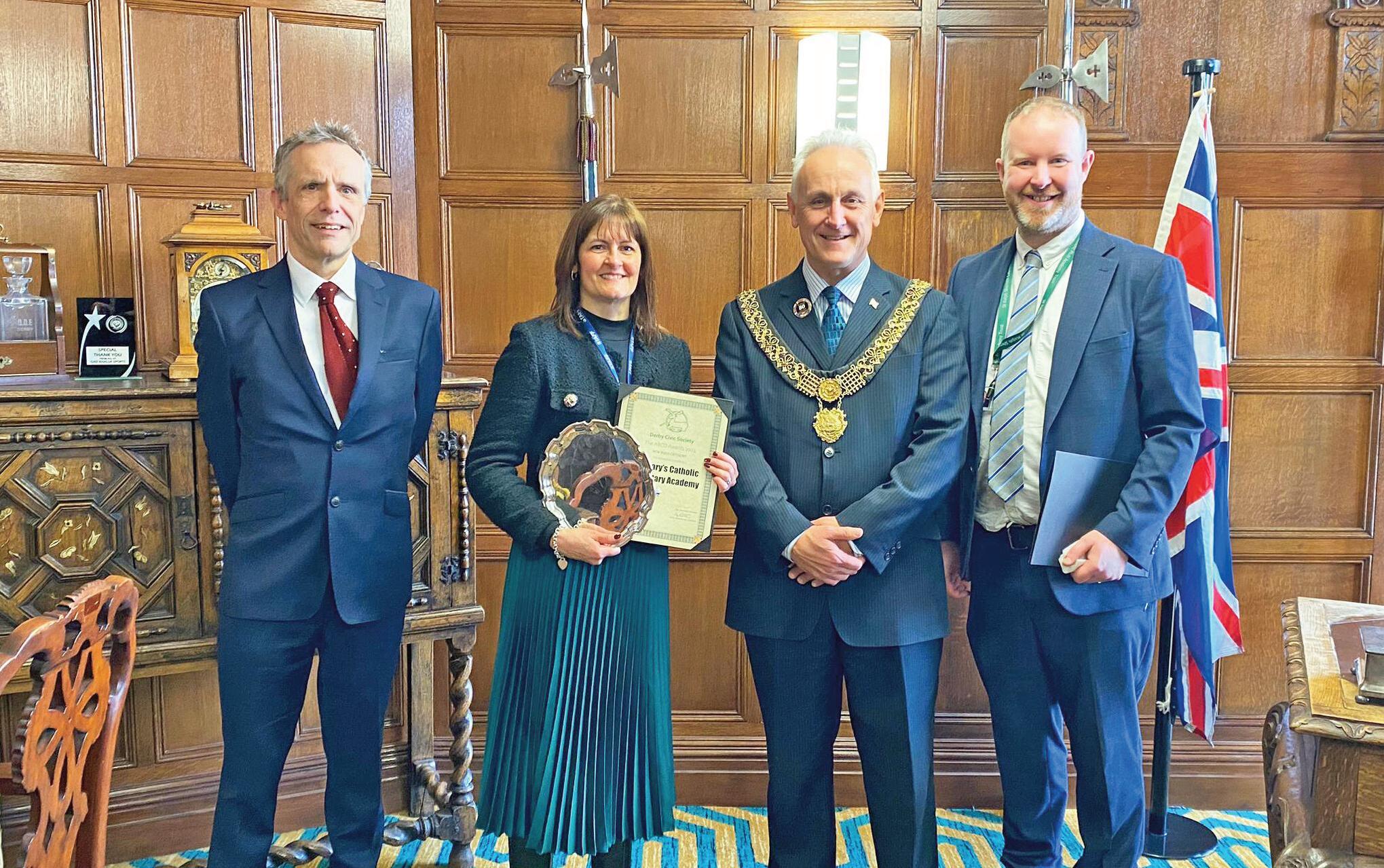
A school that was rebuilt after being destroyed by fire is celebrating after winning the New Full Build Award at the Brighter City of Derby Awards.
St Mary’s Catholic Voluntary Academy, in Broadway, received the Derby Civic Society award from the Mayor of Derby, Councillor Alan Graves.
Amanda Greaves, Executive Headteacher at St Mary’s, accepted the award at Derby’s Council House.
She was joined for the presentation by Ian Naylor, architect for the build, from the Department for Education, and Andrew Muldoon, Estates Manager at the St Ralph Sherwin Catholic Multi Academy Trust.
St Mary’s new building – the UK’s greenest primary school - opened in December 2023, three years after the original school was destroyed by fire.
The school is the country’s first biophilic design and was built as part of a pilot project by the Department for Education.
Biophilic design focuses on connecting those inside with nature, with the goal of promoting physical and mental health.
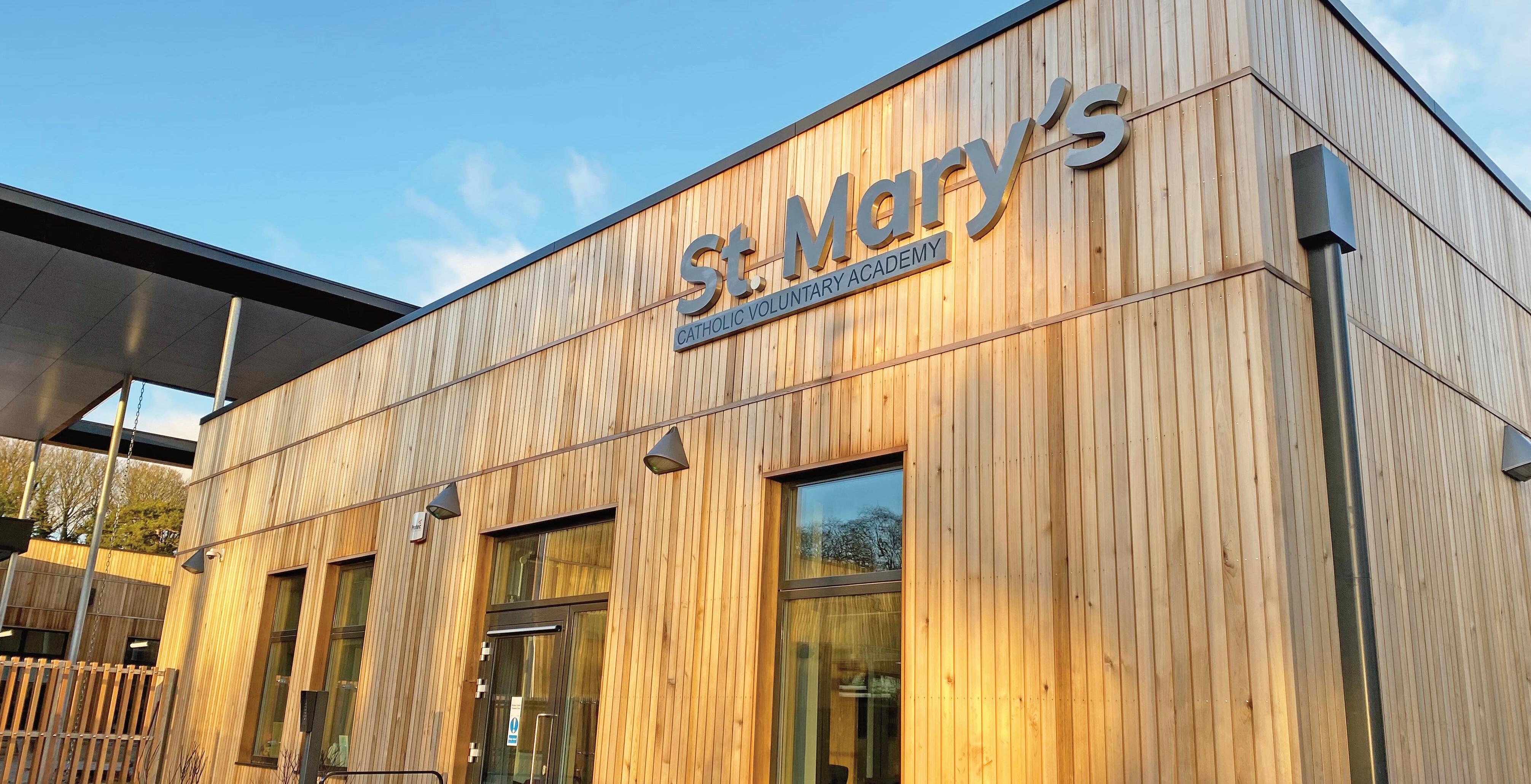
Mrs Greaves said she was delighted to accept the award.
She said: “I’ve seen the school through the journey from 2020, during which we were in temporary accommodation with little access to green outdoor spaces. Now we have returned to our original site to continue the journey, we really want to enhance the outdoor space. At the new site
we never have a wet playtime because of the beautiful canopy that links our classrooms, children go outside in all weathers. We are well aware of the impact being outdoors has on our physical and mental health. Due to the inspirational design and architecture, the children are encouraged to learn, play and reflect outside as much as possible as we continue to deliver an outstanding education.
“This is our first award and the fact it is local makes it really special, we are delighted to receive this new build award.”
Mr Naylor said: “This was a fantastic opportunity after the school was devastated by fire, which was tragic. What came back to us was the opportunity to rebuild a school which would allow us to do something different in a beautiful part of Derby.”
On Thursday 9th May we celebrate Jesus’ ascension into heaven. We recall his final resurrection appearance, when he took leave of his disciples for the last time.
How would the disciples be able to cope? Who could replace their irreplaceable Master, whom they had tried to serve for the past three years?
Before leaving them, Jesus promised to send them his Spirit. They were to wait in the city until they were clothed with power from on high.
Whereas John the Baptist had baptized people in water, they would be baptized with the Holy Spirit.
For many people, the Holy Spirit is the hardest person of the Trinity to comprehend. It is fairly easy to understand God the Father as the Creator of the world—the Maker of everything that exists.
We can also understand God the Son, because he has been made visible to us.
Jesus was born in the stable at Bethlehem. Once he had grown up, he walked the roads of the Holy Land, teaching and healing, until he was arrested and crucified. Yet at Easter he rose again, before ascending to his Father.
But what about the Holy Spirit? How can we understand him? Scripture assists us by using several images: breath, wind, water, and the Paraclete.
Just as God first breathed the breath of life into Adam, so Jesus breathed on his disciples in the upper room, empowering them to be bearers of forgiveness. Just as the wind blows wherever it wishes, bringing power and energy, so the Spirit works in all those who receive new birth from the Lord. For all who believe, the Spirit would become the water, deep within their hearts, welling up to eternal life.
In addition, the Spirit would help the disciples as their Paraclete—their Advocate and Consoler. Although Jesus would not be physically present with them, his Spirit would guide them and lead them into the future.
Jesus’ words to them at the Last Supper include this promise: “I will ask the Father and he will give you another Paraclete, to be with you always, the Spirit of truth, whom the world cannot receive, since it does not see or know him. But you know him, because he remains with you and will be in you” (14:16).
Jesus mentions “another Paraclete” because the Spirit would be an Advocate for his disciples like Jesus himself. The Spirit would be sent by the Father at Jesus’ request, to remain with them and continue his advocacy for them after Jesus’ departure.
Jesus also speaks of the Paraclete later in the Last Supper discourse: “The Paraclete, the Holy Spirit, whom the Father will send in my name, will teach you everything and will remind you of everything I have said to you” (14:26).
The reassuring presence of the Spirit or Paraclete would not only remain with the disciples, but would also teach the disciples in their times of uncertainty, reminding them of everything that Jesus had told them.



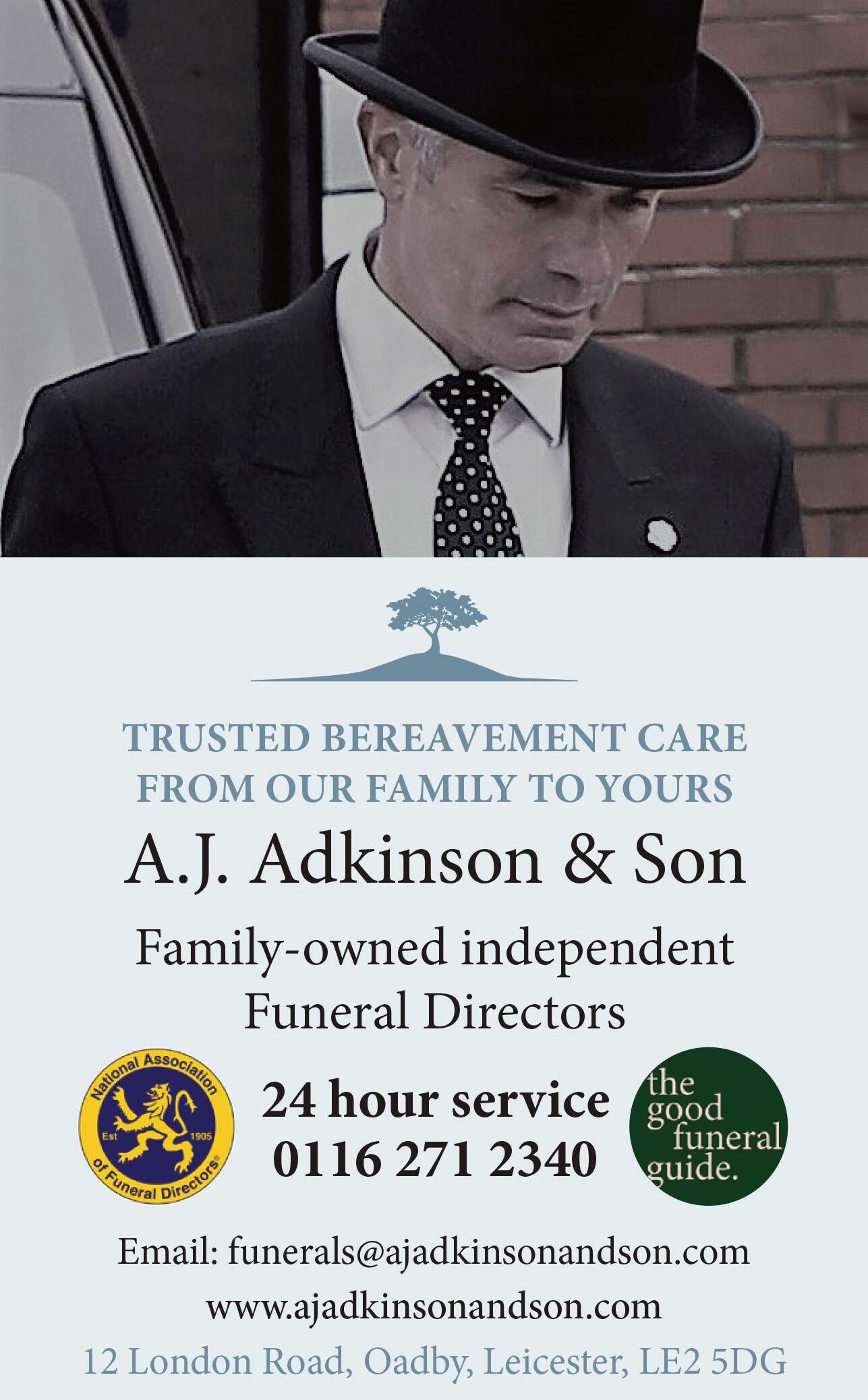

Later in the discourse, Jesus again mentions the Paraclete: “When the Paraclete comes, whom I will send to you from the Father, the Spirit of truth that comes forth from the Father, he will testify about me, and you also will testify” (15:26-27).
Besides bearing witness to Jesus in the hearts of the disciples, the Spirit also enables the disciples to go forth and bear witness to Jesus before others, even during times of persecution.
On the day of Pentecost, Jesus’ promise would be fulfilled. Instead of leaving them like orphans, he would send them his Spirit. The disciples would be able to cope, because Jesus’ Spirit would replace their irreplaceable Master, making him present to them.
Jesus makes the same promise to us. We are invited to receive his Spirit day by day. Let us ask him to renew his presence within us: “Come, Holy Spirit, and dwell within us.”

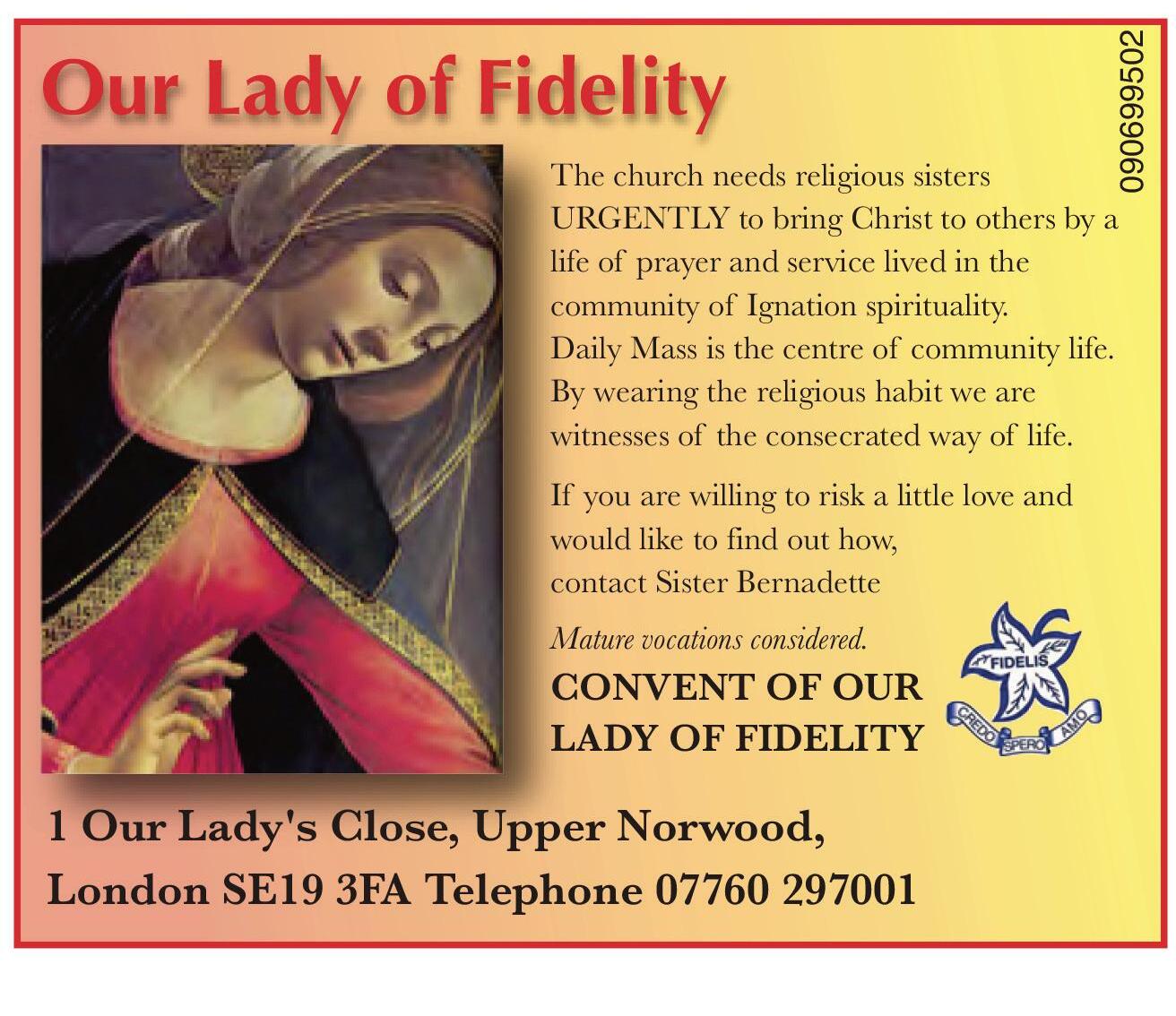

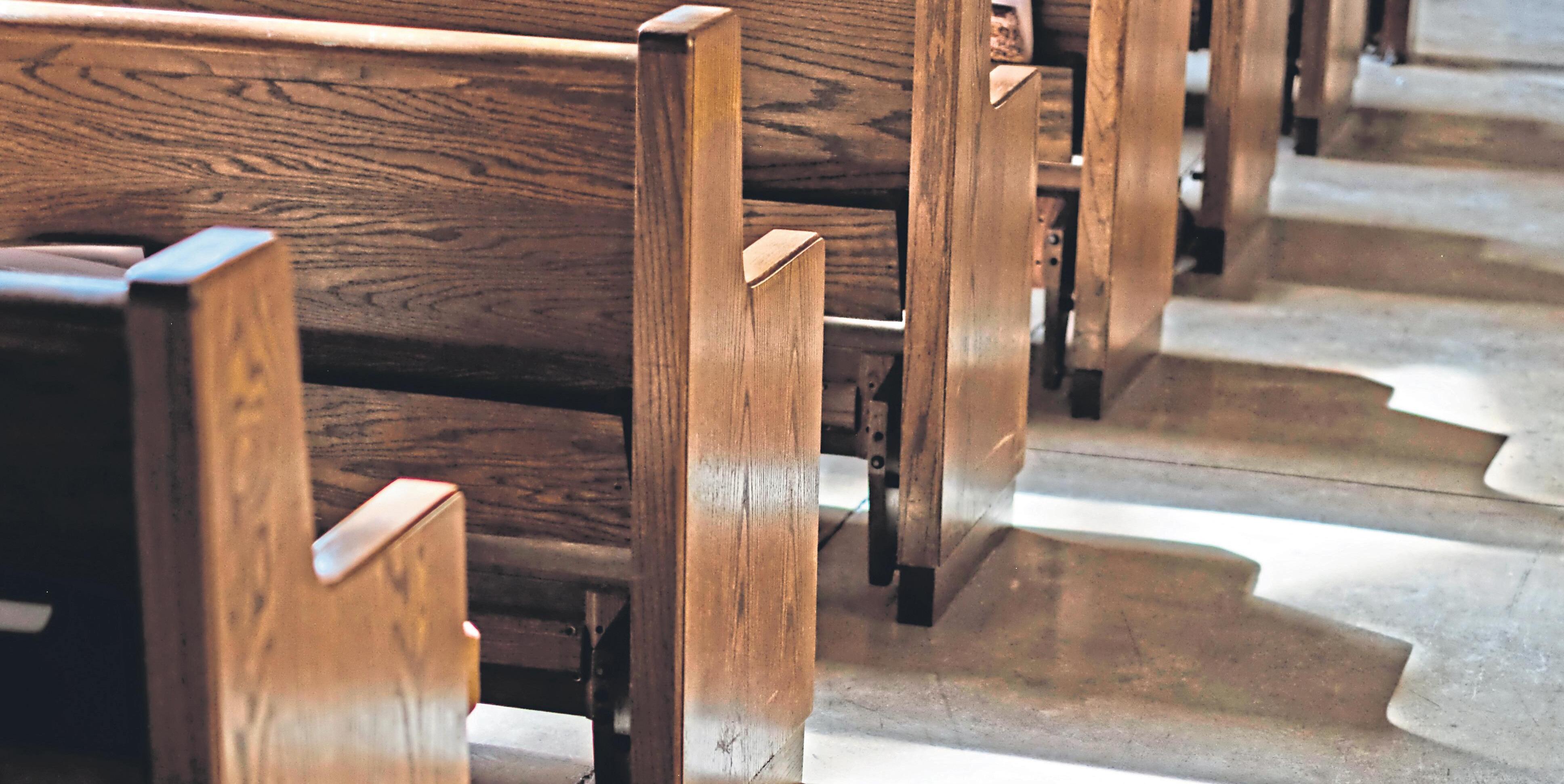









 By Dr Jay Kettle-Williams
By Dr Jay Kettle-Williams
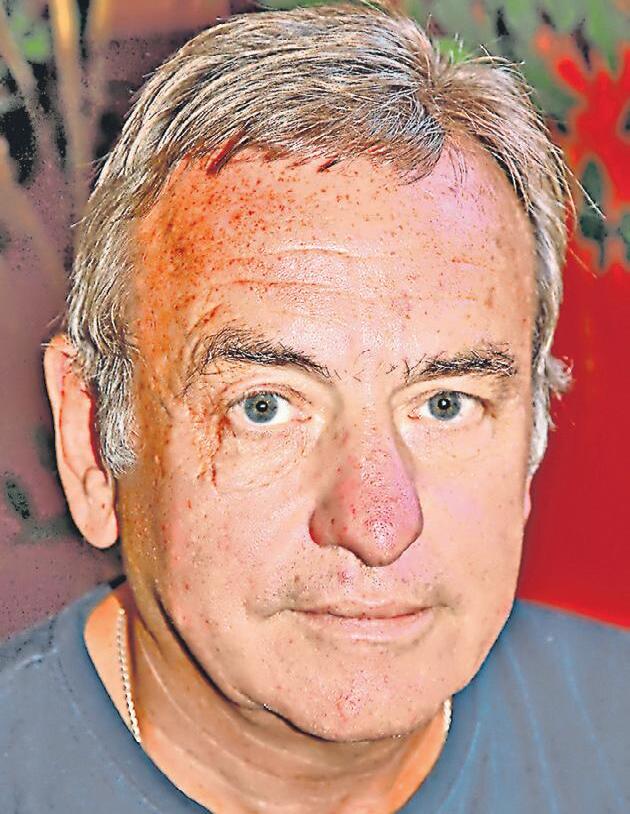
'When I use a word,' Humpty Dumpty said, in rather a scornful tone, 'it means just what I choose it to mean — neither more nor less.' (Lewis Carrol, Through the Looking Glass)
It’s not unusual for the same word to be used in different ways, or even to change meaning: ‘awful’, originally meaning ‘wonderful’ or ‘wondrous’, and ‘gay’, once simply meaning ‘happy’, are terms which come readily to mind. Then there’s the word ‘fascist’.
Fasces, from which we get the adjective ‘fascist’, are bound bundles of sticks or wooden rods, sometimes with an axe attached or inserted. Originating in Etruscan civilization but then adopted in ancient Rome where, carried by the lictors, the fasces symbolised a ruler’s right, authority and power to punish miscreant subjects to the extent of imposing the death penalty.
During the first half of the twentieth century, the fasces became heavily identified with the fascist political regime of Benito Mussolini (1883-1945) in Italy. National leaders such as Adolf Hitler (18891945. Germany) and Francisco Franco (1892-1975. Spain) followed suit, but with their own symbols, adopting policies born of ‘socialism with a capitalist veneer’, the widely accepted description of Fascism as employed by Sheldon Richman. Commensurate foreign policies drew heavily from the doctrine of Spazio vitale in Italian, Lebensraum in German (trans: ‘living space; room to live’). Pundits continue to this day to debate the extent to which the regimes under Hideko Tojo (1884-1948. Japan), António de Oliveira Salazar (1889-1970. Portugal), Juan Domingo Perón (1895-1974. Argentina) and Alfredo Stroessner (1912-2006. Paraguay) might be termed truly fascist or not. But one thing remains clear: the word fascist has been overused and misused to such a
degree that it now has little or absolutely nothing of its original meaning, being randomly attributed to any person, group or opinion with which a militant progressive might take issue. That could put any number of people holding any variety of views in the same box as Adolf Hitler and his ilk.
Words, of course, are the building blocks of a language. Moreover, language is the one social institution without which no other social institution – be that the family, the state or government, the economy, education or religion – can be effectively operated and can therefore function. Language, which will need to be precise and comprehensible for and among its practitioners, supports one form or another of culture. So, that raises another question. What is culture?
Culture, to my mind, can be seen as tripodal, standing on three platforms: (1) members (constituent individuals), (2) the context(s) formed by those members and (3) their resultant mores, expression(s), behaviour and products. For example, our Catholic culture is populated by those of our faith, in the context of our faith and in the expression of that faith.
The language we use as Catholics and the meaning of our words are no more ably expressed than in The Beatitudes, identifying the human condition in all its forms, the predicaments in which we can find ourselves, and The Ten Commandments with those lines clearly drawn in the sand which we are encouraged not to cross in our behaviour.
Little wonder then that Humpty Dumpty had a great fall.
-o0o-
Points of information: The fasces remained in use in many societies after WW2, having been adopted other than in Italy. The
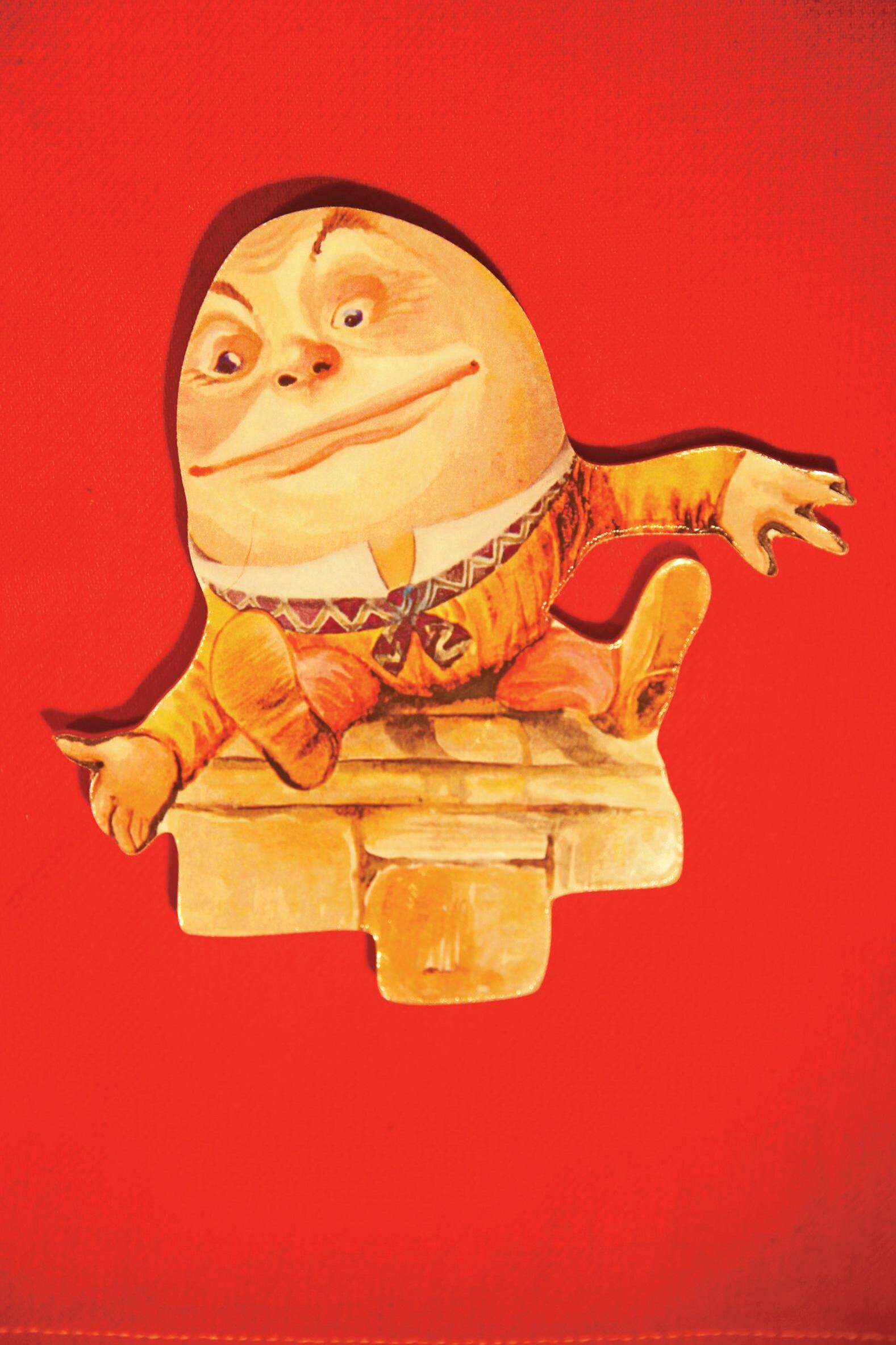
swastika remains in common usage only in Asia, where it originated as an ancient Hindu symbol, and in Navajo iconography, where its religious significance is entirely unrelated to, and predates, early 20thcentury European Fascism; Sheldon Richman is the editor of Ideas on Liberty and is a senior fellow with the Future of Freedom Foundation. He is a lecturer and author of articles on the New Deal era, American foreign policy, and international trade.
-o0o-
Acknowledgements and Attribution: Texts/References adapted and/or adopted from http://en.wikipedia.org under the terms of the Creative Commons Attribution-ShareAlike License 4.0: http://creativecommons.org/licenses/bysa/4.0/; Photograph © J L Kettle-Williams: Humpty Dumpty.
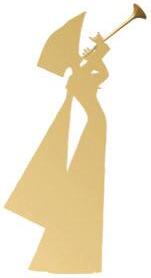
Dr J L Kettle-Williams is an experienced business communications consultant and wordsmith (tutor, writer, translator).
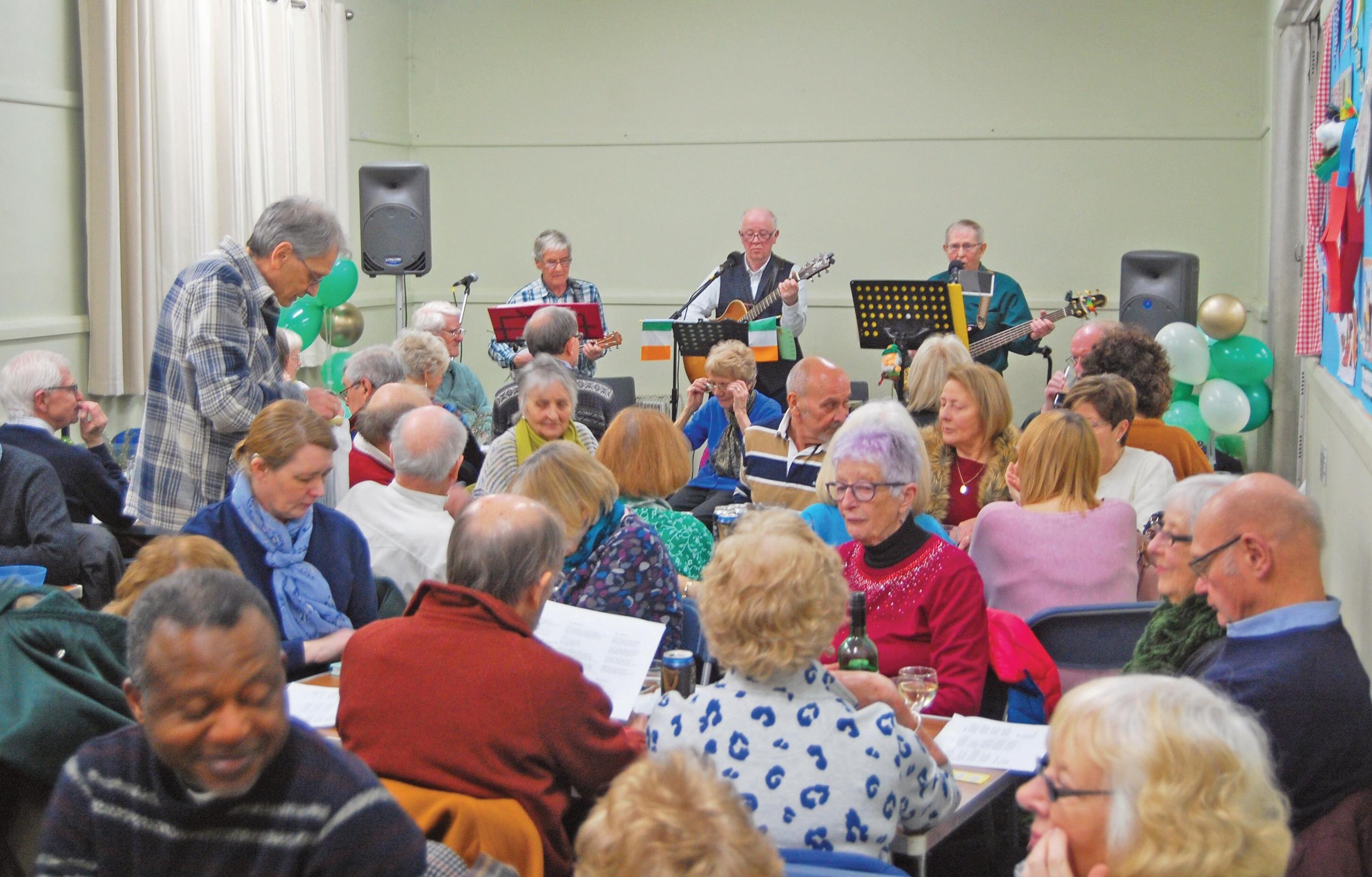
On Friday 8th March 2024, an Irish night of celebration in East Leake was organised by Our Lady of the Angels Parish Council. The event was held at St Mary’s Hall, courtesy of our Anglican friends. The evening went with a swing. Our Lady’s music group, who
also play at our Sunday mass, provided the entertainment including Irish songs and jokes. The supper included home baked soda bread, quiches, pork pies, sausage rolls, and a variety of salads followed by home-baked cakes. Some of the food was kindly donated by a private catering company known through a parishioner, and the remainder by Our Lady’s CAMEO group and parishioners. The grand total raised for Emmanuel House was £1,213 which included profits from the bar and raffle.
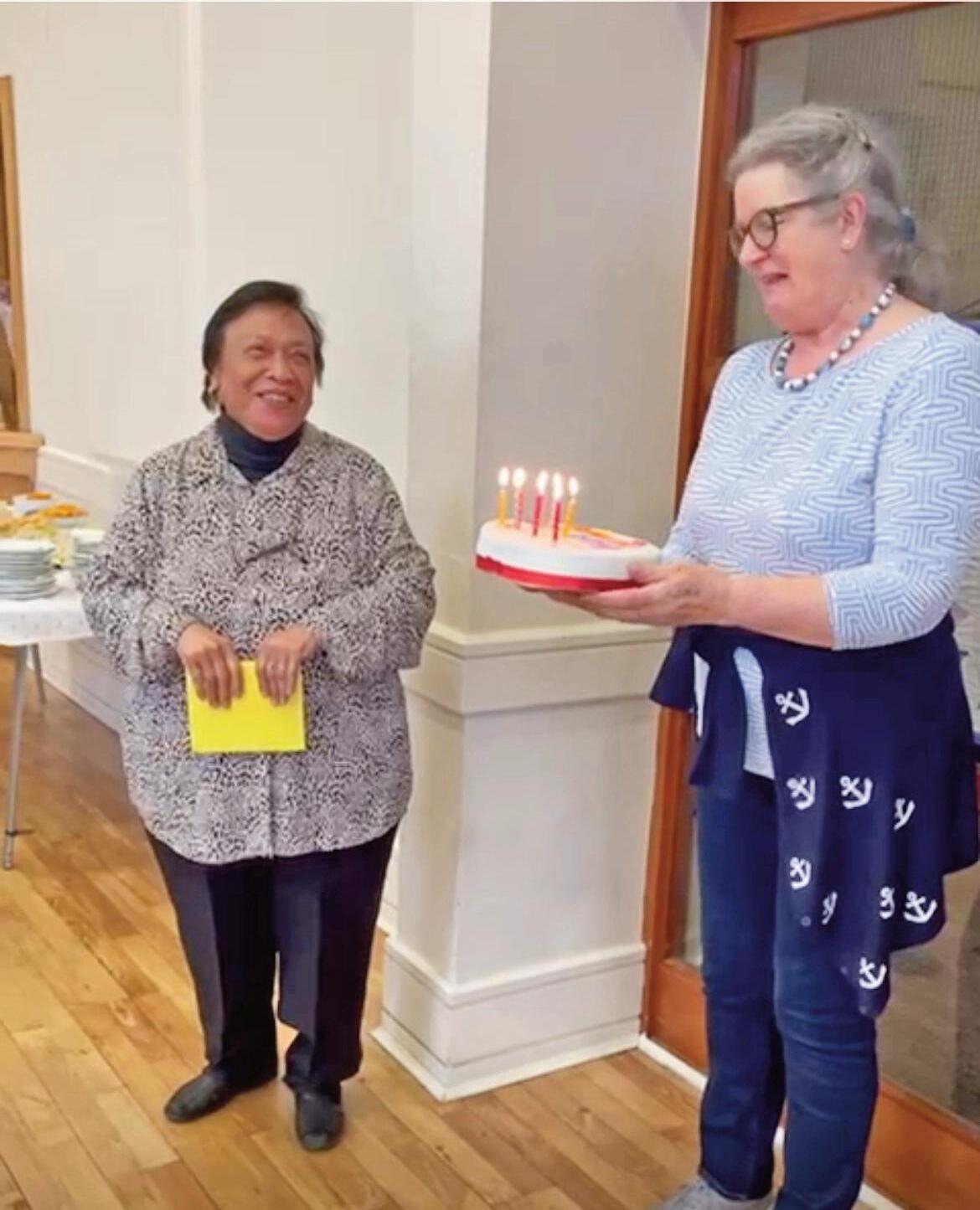
The Good Shepherd Church of Arnold, Friendship Group met this afternoon, 14th March, for a craft afternoon coupled with a celebration for Larry’s 80th birthday.
It was a lovely afternoon that everyone thoroughly enjoyed. The fact that we were also celebrating with Larry for her milestone made it all the more special.
Larry has been a member of the Friendship
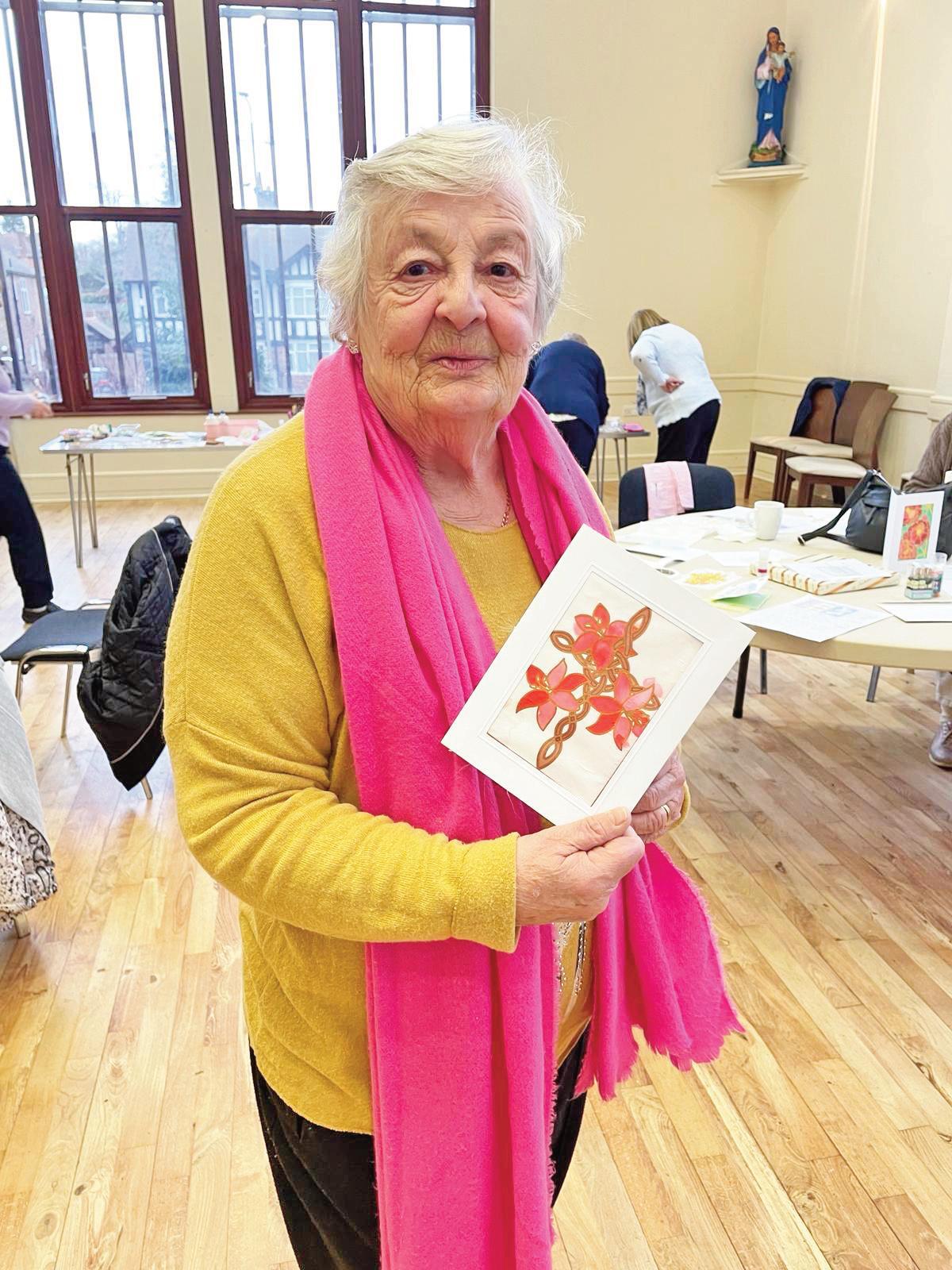
Group for many years and it was nice to be able to celebrate with her. The cake was delicious as well.
The Friendship Group meets alternate Thursdays during school terms, from 2pm. There is an admission cost of £3 per person which includes a free raffle, hot drinks with biscuits and assortment of cakes. The programme is published at the beginning

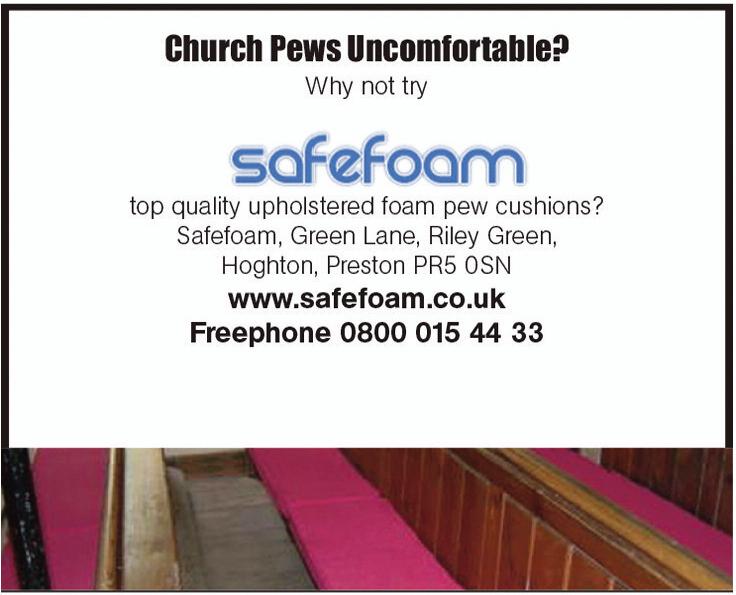


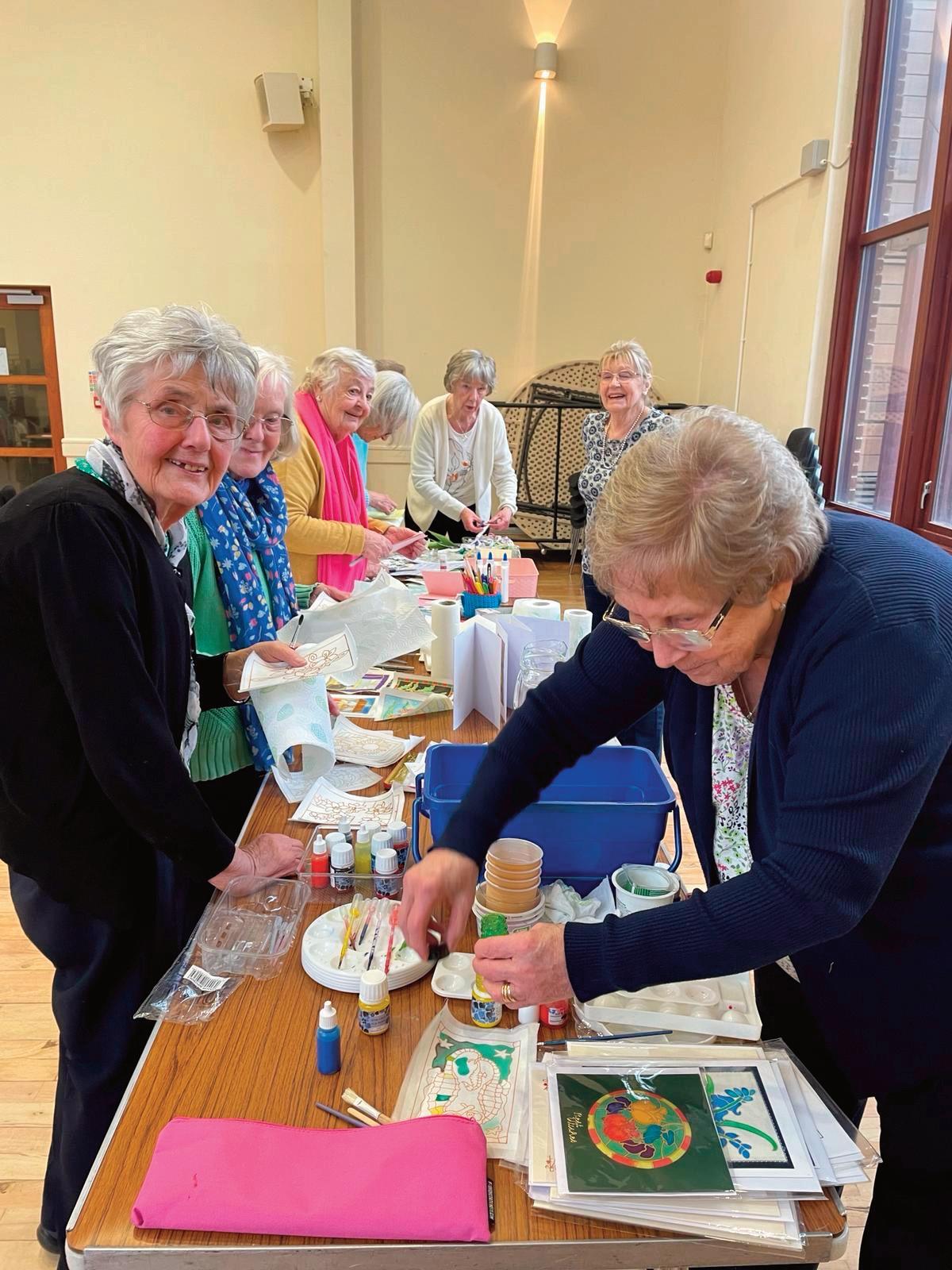
of the term making it easy to invite friends well in advanced to share an event that is of special interest. The main object of this group is to share our communal hospitality with others, in a warm and safe environment, forming lasting friendships growing in support for one another. All are very welcome to join us if possible.
Polly Jarvis



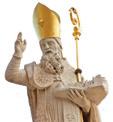













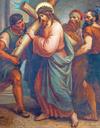





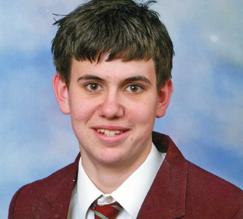


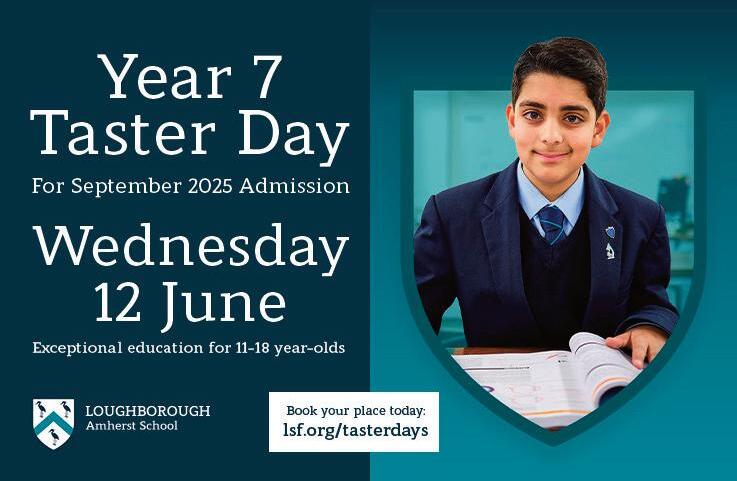
£25.00
Product Code: 102610
ISBN NO:9780063387522 www.rpbooks.co.uk
For the first time, Pope Francis tells the story of his life as he looks back on the momentous world events that have changed history—from his earliest years during the outbreak of World War II in 1939 to the turmoil of today.
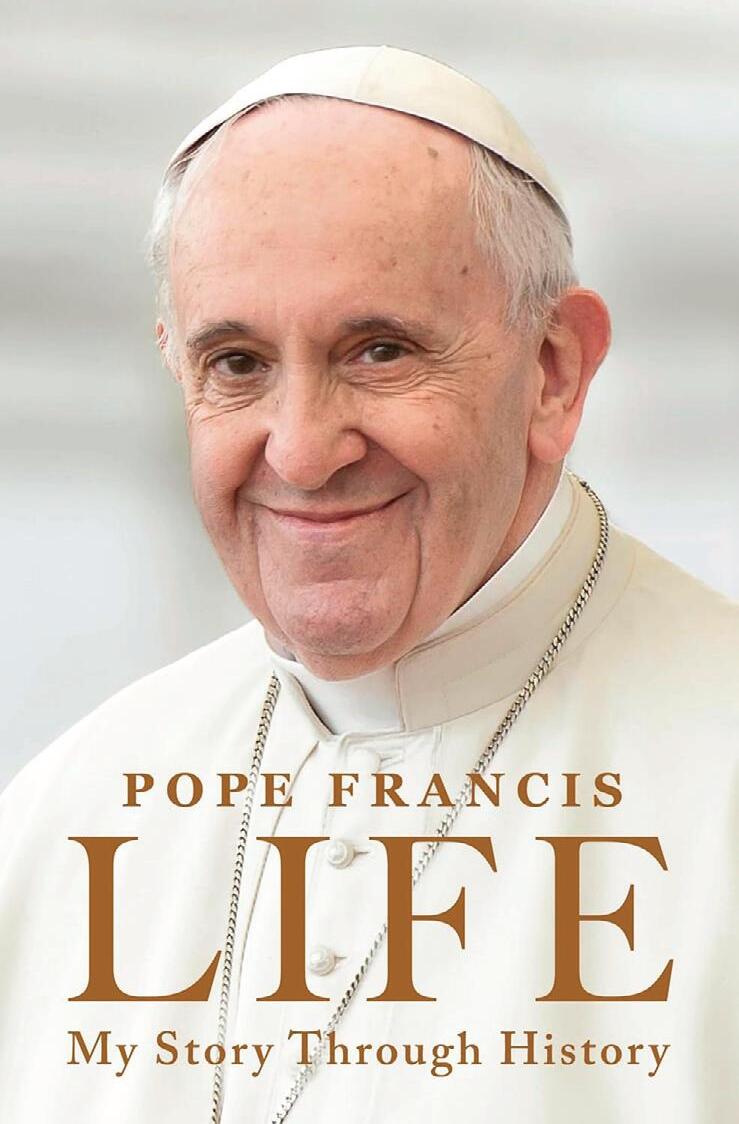
An extraordinary personal and historical journey, Life is the story of a man and a world in dramatic change. Pope Francis recalls his life through memories and observations of the most significant occurrences of the past eight decades.
The book opens with three-year-old Jorge in the kitchen with his mother in Argentina as World War II breaks out, and he goes on to witness several historic events:
n the fall of the Berlin Wall
n Videla’s coup in Argentina
n the moon landing in 1969
n and even the 1986 World Cup in which Maradona scored the unforgettable “hand of God” goal.
Here are the frank assessments and intimate insights of a pastor reflecting on the Nazi extermination of the Jews, the atomic bombings of Hiroshima and Nagasaki, the 2001 terrorist attack on America and the collapse of the Twin Towers, the great economic recession of 2008, the Covid-19 pandemic, the retirement of Pope Benedict XVI, and the subsequent conclave that elected him Pontiff.
The “pope callejero” recounts these world-changing moments with the candor and compassion that distinguishes him, and offers important messages on major crises confronting us now, including social inequalities, climate change,
international war, atomic weapons, racial discrimination, and the battles over social and cultural issues.
Translated from the Italian by Aubrey Botsford
Bishop Robert Barron
£6.95
CTS Product Code: DO969
Please refer to this code when ordering over the phone
ISBN: 9781784697716 www.ctsbooks.org
In this brief but illuminating text, Bishop Barron offers a threefold analysis of the Eucharist as sacred meal, sacrifice, and Real Presence, helping readers to understand the sacrament of Jesus’s


Body and Blood more thoroughly so that they might fall in love with him more completely.
A recent Pew Forum survey revealed the startling statistic that 69% of US Catholics do not believe in the Real Presence of Christ in the Eucharist, and the state of belief in the UK, as outlined by Professor Stephen Bullivant in the foreword to this UK edition, is not dissimilar.
This indicates a spiritual disaster in the Church, for the Eucharist is “the source and summit of the Christian life.” This Is My Body: A Call to Eucharistic Revival is designed to accompany renewal of devotion to Christ truly present in the Eucharist. In this brief but illuminating text, Bishop Barron offers a threefold analysis of the Eucharist as sacred meal, sacrifice, and Real Presence, helping readers to understand the sacrament of Jesus’s Body and Blood more thoroughly so that they might fall in love with him more completely.
Discover the profound truth flowing out of Jesus’s words at the Last Supper: “Take, eat; this is my body. . . . Drink from it, all of you; for this is my blood of the covenant.”
It was some children in a local primary school who noticed that during the parish weekend Masses some children, who were easily distracted at Mass, running around and being noisy, were eventually taken out of the Church by their parents. The disapproving looks and comments by others attending the Mass did not help. How could they be supported so that they did not feel unwelcomed and excluded?
The primary school children were taking part in an information gathering exercise as part of their contribution towards the Synod on Synodality. Several of their findings were followed up by the local church: e.g. Masses or various language groups; more inclusive work around separated parents. But the most popular idea was a Mass which would accommodate all young people, particularly those with a special educational need and/or disability, SEND.
In response, Fran Hazel, the local catechetical co-ordinator, with Laura Sutherland and a Team of Volunteers organise a SEND Mass every month or so, which is currently based in the Holy Family Church, Allestree, Derby, DE22 2LG, a church under the care of Fr Greg Tobin based at St Mary’s, Bridgegate, Derby. It takes place at 2.00pm on a Sunday afternoon. The next two Masses are on May 26th and June 9th, and are open to anyone who feels that their children would benefit from a sensory-friendly Mass. Currently, Fr. Jonathan Cotton, a retired priest in the Diocese, is the regular priest celebrating the special Mass.
The Holy Family Church, built in 1970, is ideal for the SEND Mass. It has a bright, compact worship space with movable furniture and plenty of space to move around. The priest sits at a low table altar. The children, too, sit at low tables with their family members. On the tables are various items to occupy the children before, during and after the Mass – for example, coloured pens, paper, a colouring-in page based on the Sunday Gospel theme, fidgits and, for the last hymn, a variety of small musical instruments for blowing, banging or shaking!
Anne signs throughout the Mass and the music group, with Dierdre, Richard, Irene and Susie, lead the singing. Some children volunteer to read and/or altar serve. The Prayers of Intercession are open to all, which children and adults eagerly pray out loud for all to join in. Although the children seem to be buried in various activities, when a question is asked about the liturgy, especially during the Homily, the hands shoot up with sensible, focused answers shared – they are paying full attention! The relaxed, simple atmosphere also is welcoming and joyful. At the end of Mass, once their colourful pictures and imaginative creations have been shared, the refreshments are enjoyed by all in the spacious entrance area at the back of the church.
If in Derby, why not elsewhere in the Diocese? Come along and find out more.
Local contact: fran.hazel@dioceseofnottingham.uk
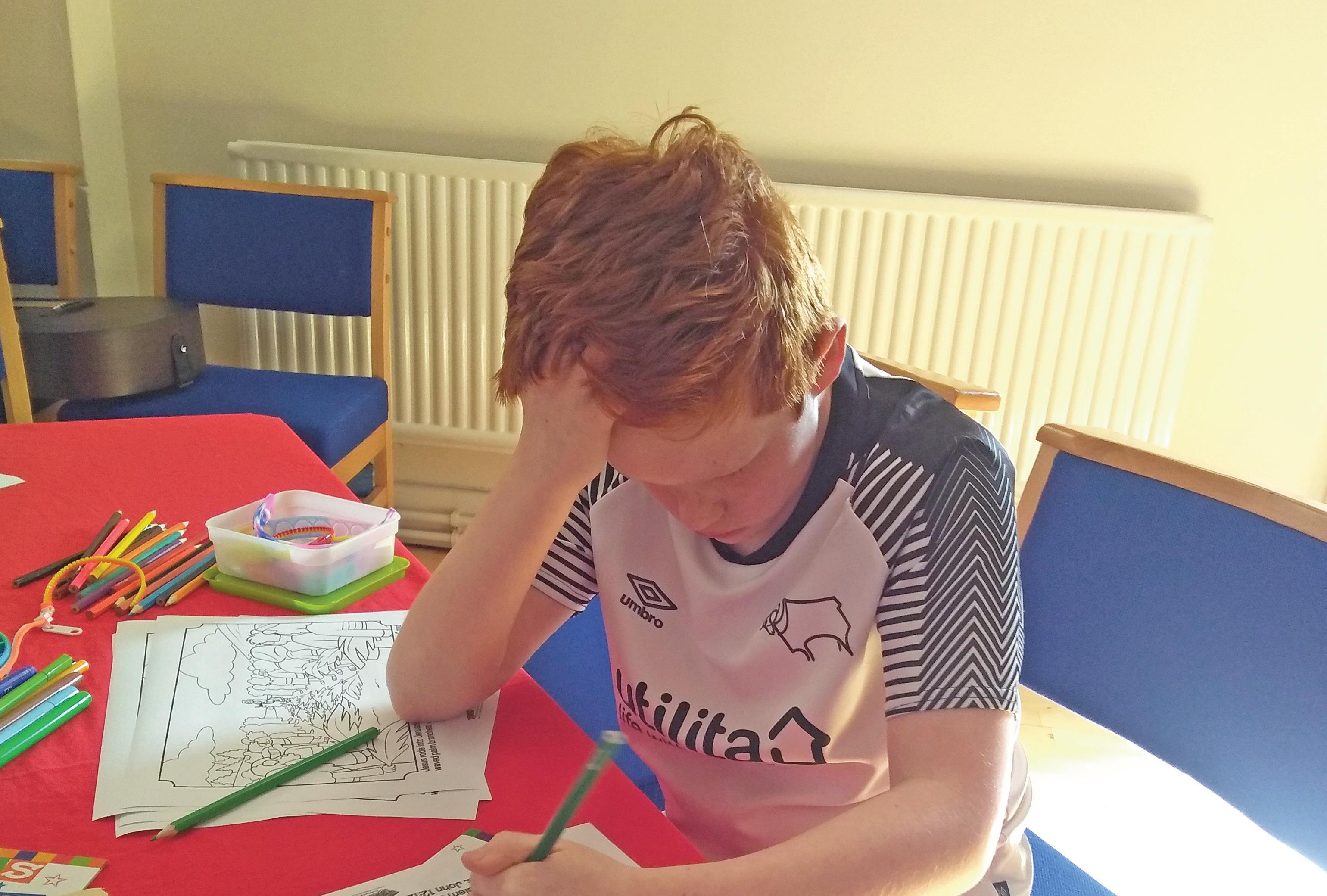
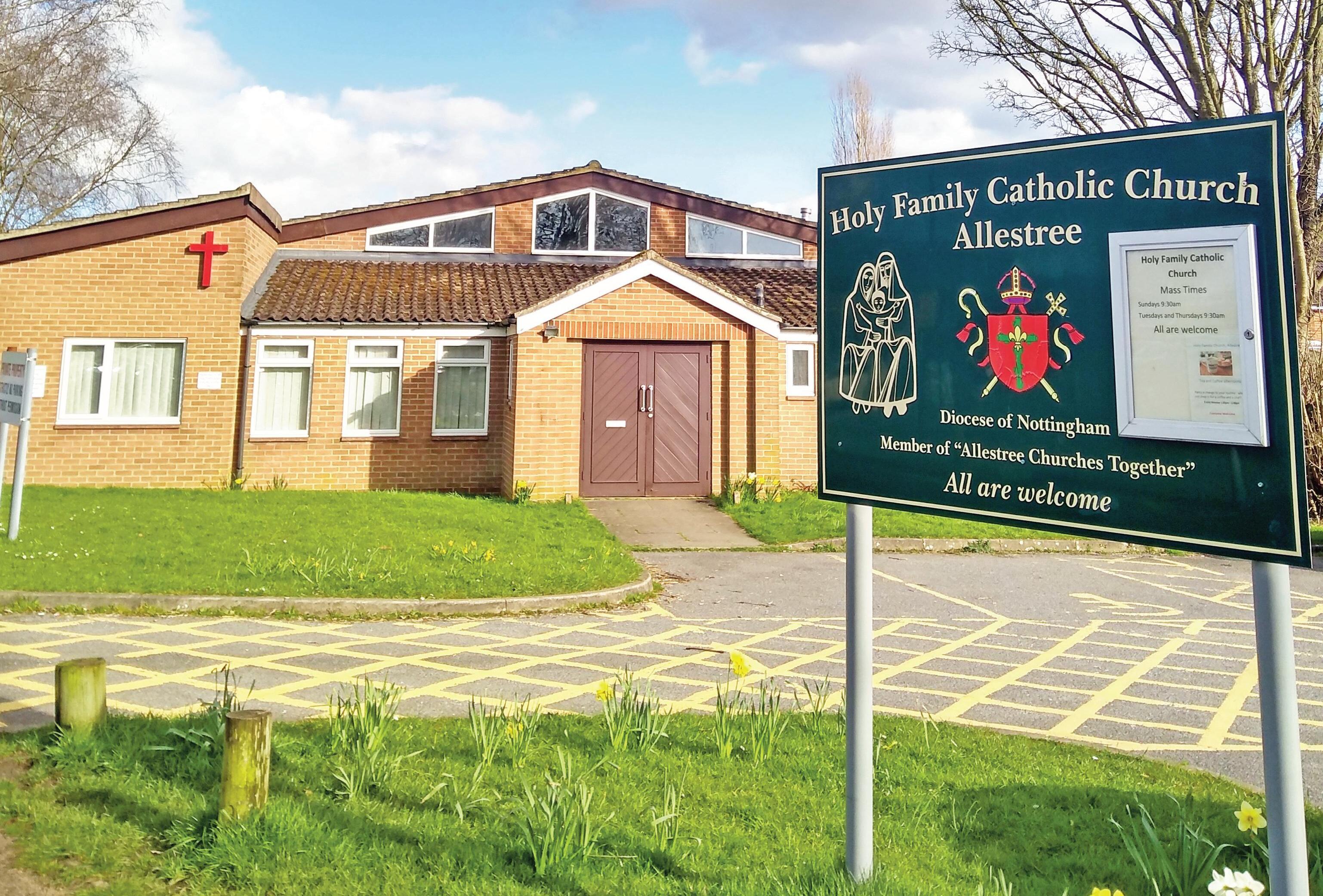
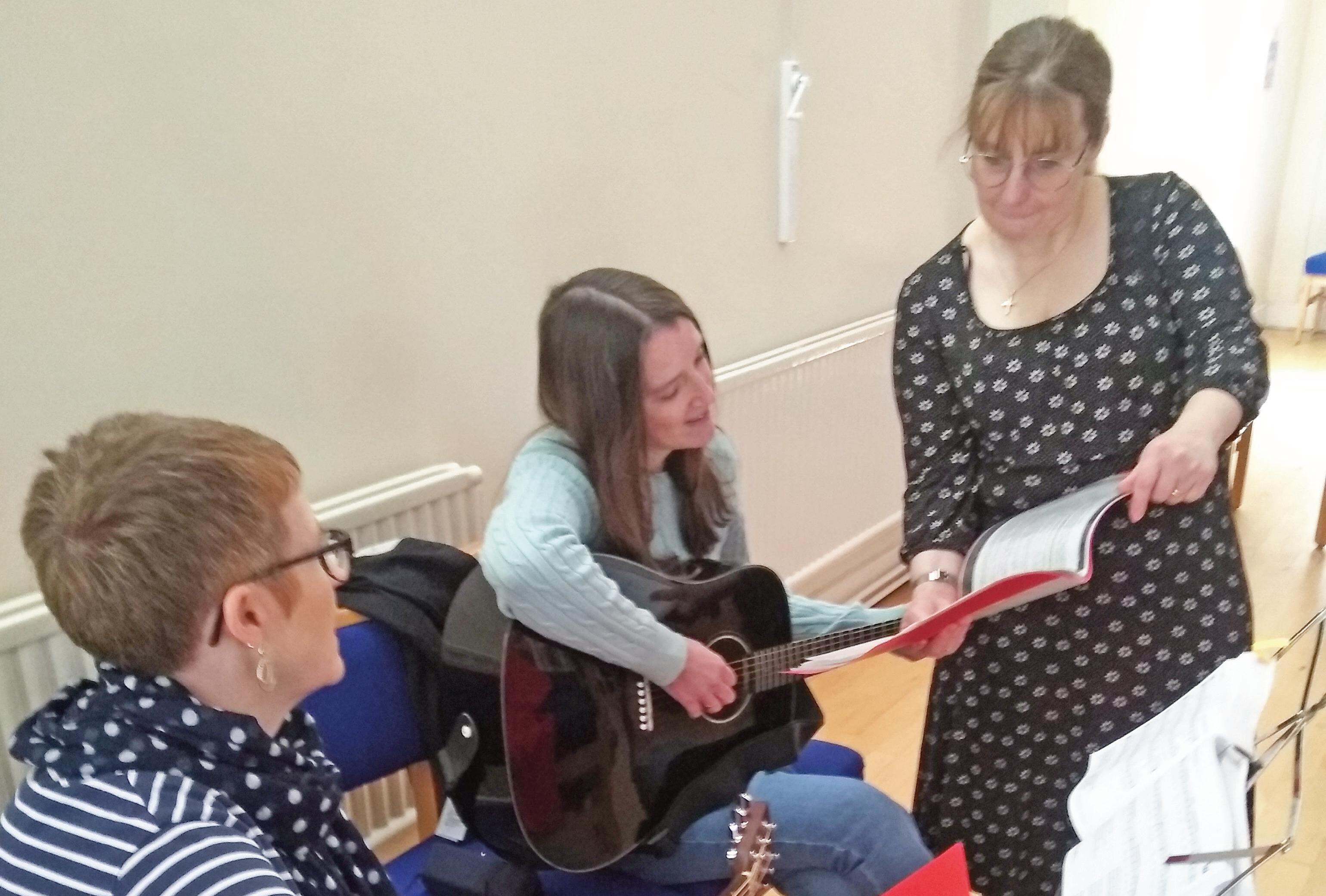

Nottingham Cathedral Arts and Crafts Group, supported by the Friends of the Cathedral, held an Art and Crafts Exhibition over 3 days, the 5th, 6th and 7th April. The Cathedral Hall was transformed into a gallery ready for the Preview Evening on Friday 5th. Invited guests joined supporters, artists, their guests and the Friends of the Cathedral for drinks and canapes and to enjoy the art and crafts.
Breathtakingly beautiful paintings in oils and acrylic on canvas by Carol Morris were hung across two walls, most of which depicted the life of Christ by recreating the work of great artists including Carravagio, Leonardo da Vinci, Rembrandt and others. She also included a life size painting of Our Lady of Guadaloupe.
Kasia Neizwinska who has studied iconography displayed her beautiful and sacred work alongside icons painted by some of the Arts and Crafts group. The group is very lucky to have Kasia who is willing to share and teach her expertise. Kasia also displayed watercolour paintings and some very fine pencil drawings.
Three watercolour paintings by Kate Fletcher were included in the Exhibition.
Kate is a professional painter, selling her paintings across the world. ‘Resurrection’ showed snowdrops emerging from among dead winter leaves, another was a study of a leaf and another of a frog that Kate had photographed one evening in her garden. The group were very proud to be able to include her work.
Sue Sylvester’s needlework skills were greatly admired. Her colourful and highly accomplished quilting was a major contribution to the Exhibition as were her travelling stoles for priests and bags and cushions she made for sale.
There was also exquisite embroidery by Ivana Cahill, felting by Eva Kerry, scenes from Dominica in charcoal and pastel by Jennifer Charles and more.
Many other artists and makers contributed to the exhibition and the Arts and Crafts Group are very grateful for their generosity in sharing their work. They would also like to thank the Friends of the Cathedral who helped with the Friday Evening Preview event and with Cathedral tours which took place on Saturday as part of the Exhibition programme.

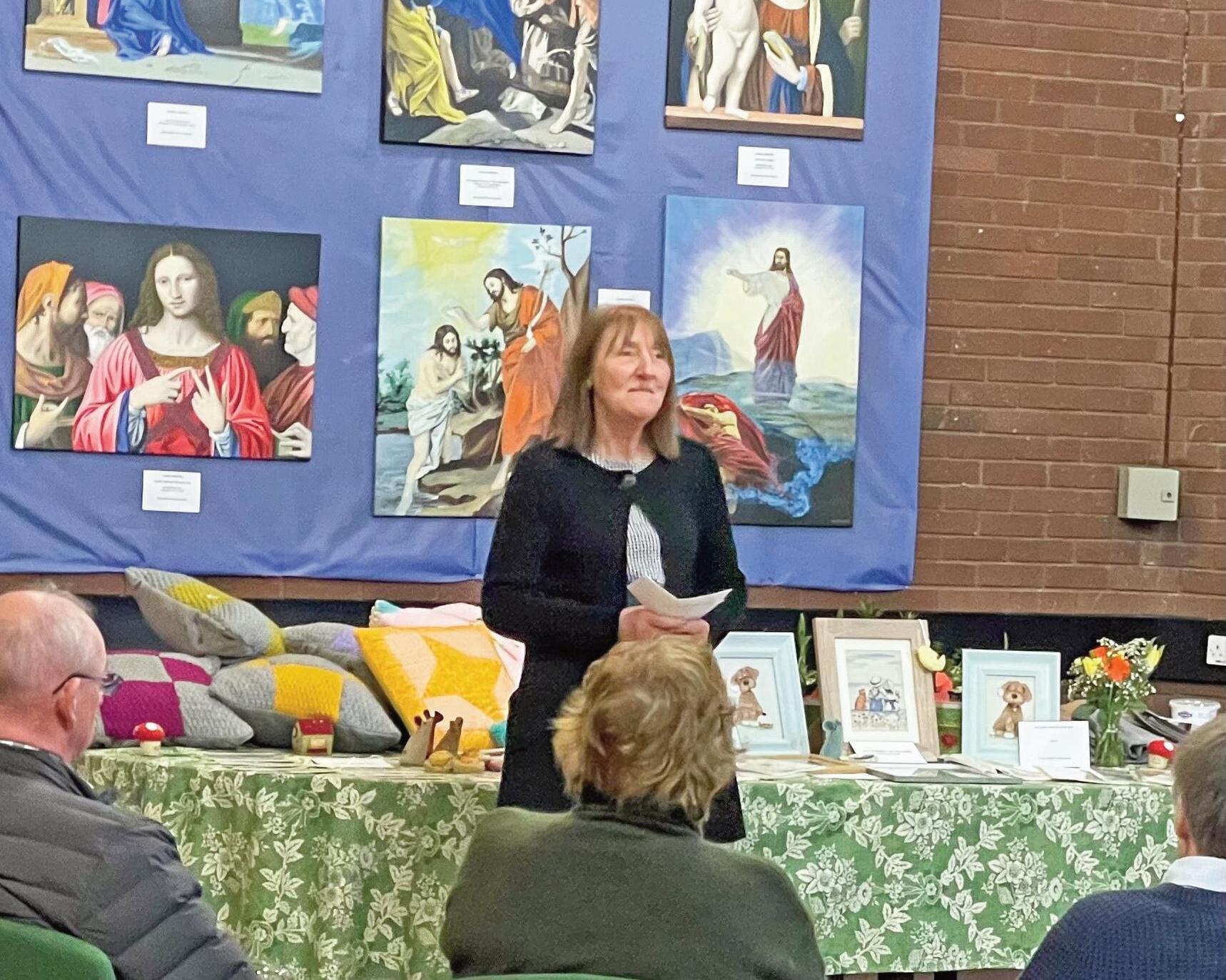
The Arts and Crafts group meet at the Cathedral every Monday morning at 10am until 12.30pm at the Cathedral. We welcome new members to come and join us, make friends and be creative. Previous experience of doing Art and Crafts is not necessary; for more information please contact anne.verdon@dioceseofnottingham.uk
Anne Verdon




You can use both sets of clues to solve the puzzle: the solutions are the same.
CRYPTIC Across
7 Day before a period of abstinence upset the sad voyeurs (6,7)
8 Diverse views of two students in the group? (4)
9 Entirety: perhaps a long time coming? (8)
10 ‘Praise be to God': the French-American and English party embraced (4,3)
11 Lead of apostles appears to dwindle (5)
13 Oracle turned up, seen in company of lowly bishop (5)
15 Outmanoeuvre plan to get rid of dreadful Metro for something new in Paris (7)
18 Sorry Beth, an all-round tart prior to Lindisfarne (8)
19 One attends fires, getting up to no good (4)
20 Converted a Tao lifesaver and beatified one (6,2,5)
CRYPTIC Down
1 Contents of sermon by group Left ignored – it comes from the Parisian quarters (3,10)
2 Rights of Asian country put in a letter from Paul (6)
3 Ahab's wife's the first in jail: ever zealous, ever brazen, ever lustful (7)
4 French chap leaves during the season in Babylonia of old (5)
5 People of the Gold Coast, like before (6)
6 Book's antiquated cover is made for a Navy's Broad Church chap (7,6)
12 Quietly go on to Square assuming that the first of February will bring the Pope (7)
14 You ask how we enter heaven, initially in Hebrew, Lord? (6)
16 Not obligatory in Church to elect four for admission (6)
17 Saul's daughter finds setter near pub, having fallen over (5)
7 Time at the eve of Lent for confession and absolution of the faithful (6,7) 8 Title given to some bishops (4)
9 Time without end (8)
10 ' Glory to God in the highest', or 'Praise (be) to God', in the Latin (4,3)
11 Leader of the Apostles, entrusted with the ‘keys of the Kingdom of Heaven' (5)
13 Female seer (5)
15 Beaujolais ------- or ------- Riche, for instance (7)
18 Saint, the apostle of Northumbria (c 635-687) (8)
19 Chinese mafia (4) 20 Saint whose feast day falls on 15 October (6,2,5)
QUICK Down
1 Christ's promise of coming blessings (3,10)
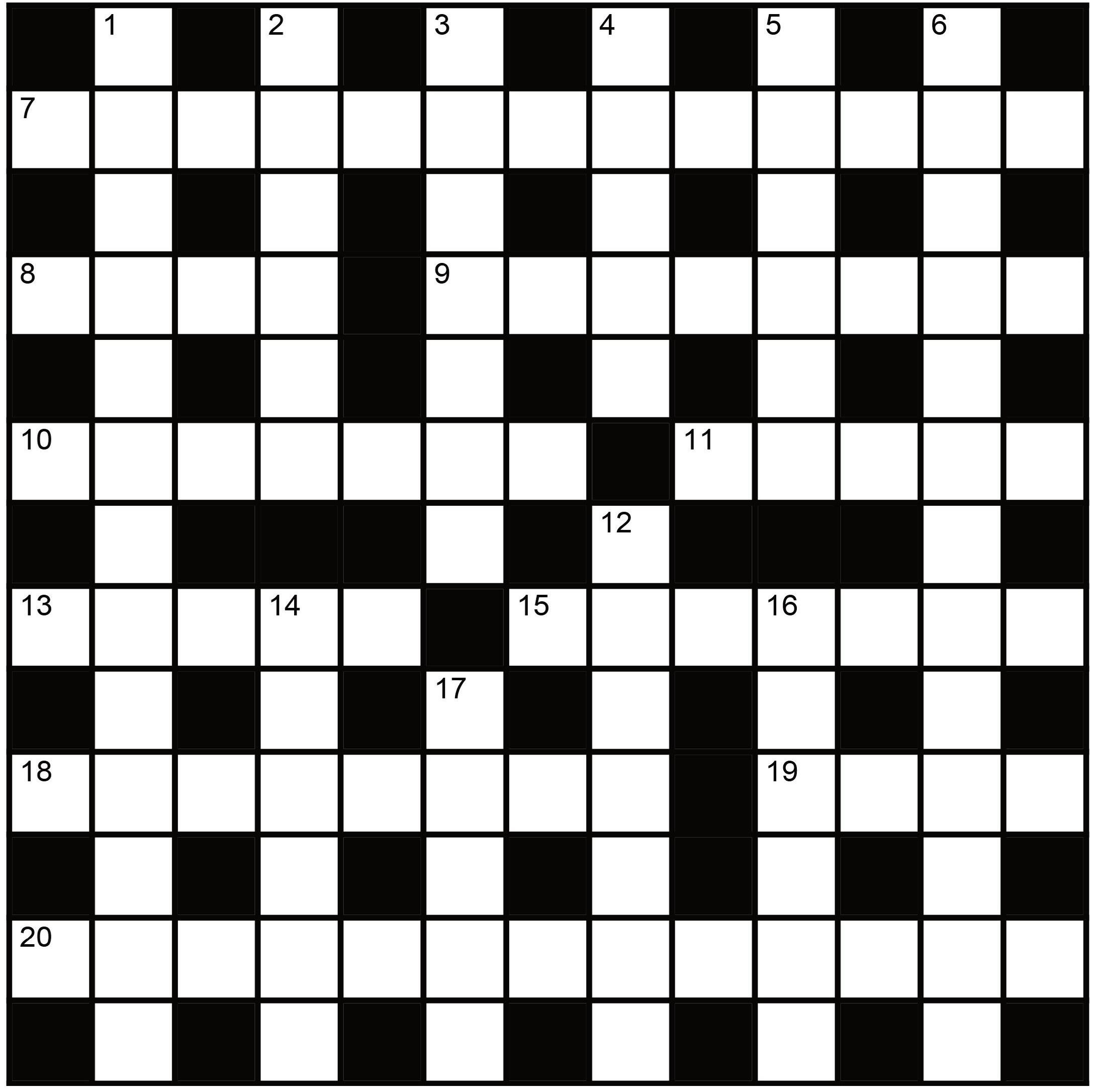
4 Region in modern-day Iraq before it became Babylonia (5)
5 Ghanaian people, alternatively-named 'Ashanti' (6)
6 Poet, Oxford don and son of the founder of the Broad Church movement (7,6)
12 High Priest (7)
14 Popular derivation of the Hebrew proper name for God (6)
16 Given by vow (6)
17 Daughter of Saul, initially promised to David (5)
SOLUTION
2 Paul's longest letter: a text of primary importance for the Christian theological tradition (6)
3 Wife of Ahab, often synonymous with a wicked, scheming woman (7)
16 Votive, 17 Merab.
of Avila. Down: 1 The Beatitudes, 2 Romans, 3 Jezebel, 4 Sumer, 5 Asante, 6 Matthew Arnold, 12 Pontiff, 14 Yahweh,
11 Peter, 13 Sibyl, 15 Nouveau, 18 Cuthbert, 19 Tong, 20 Teresa
Across: 7 Shrove Tuesday, 8 Abba, 9 Eternity, 10 Laus Deo,